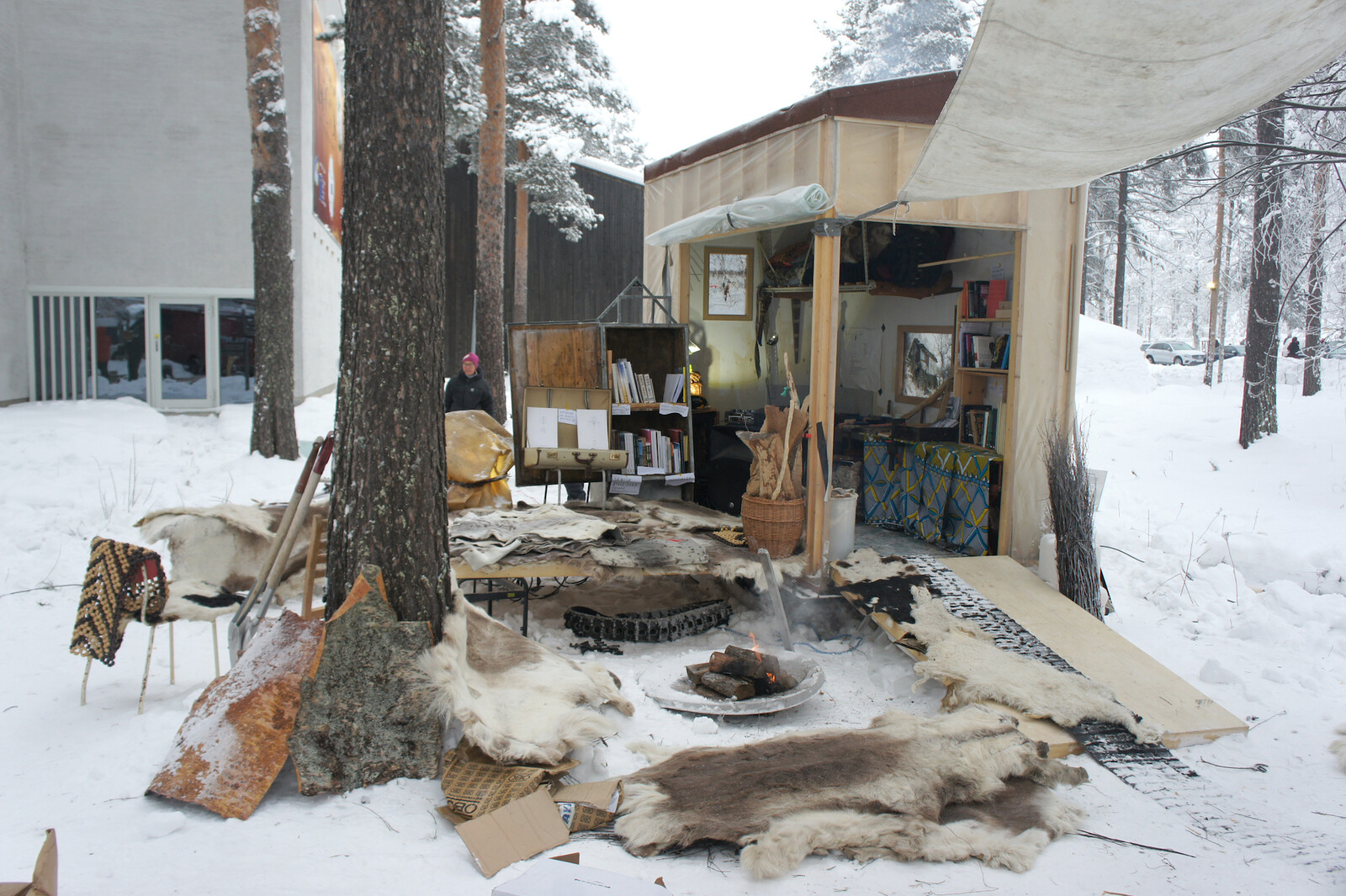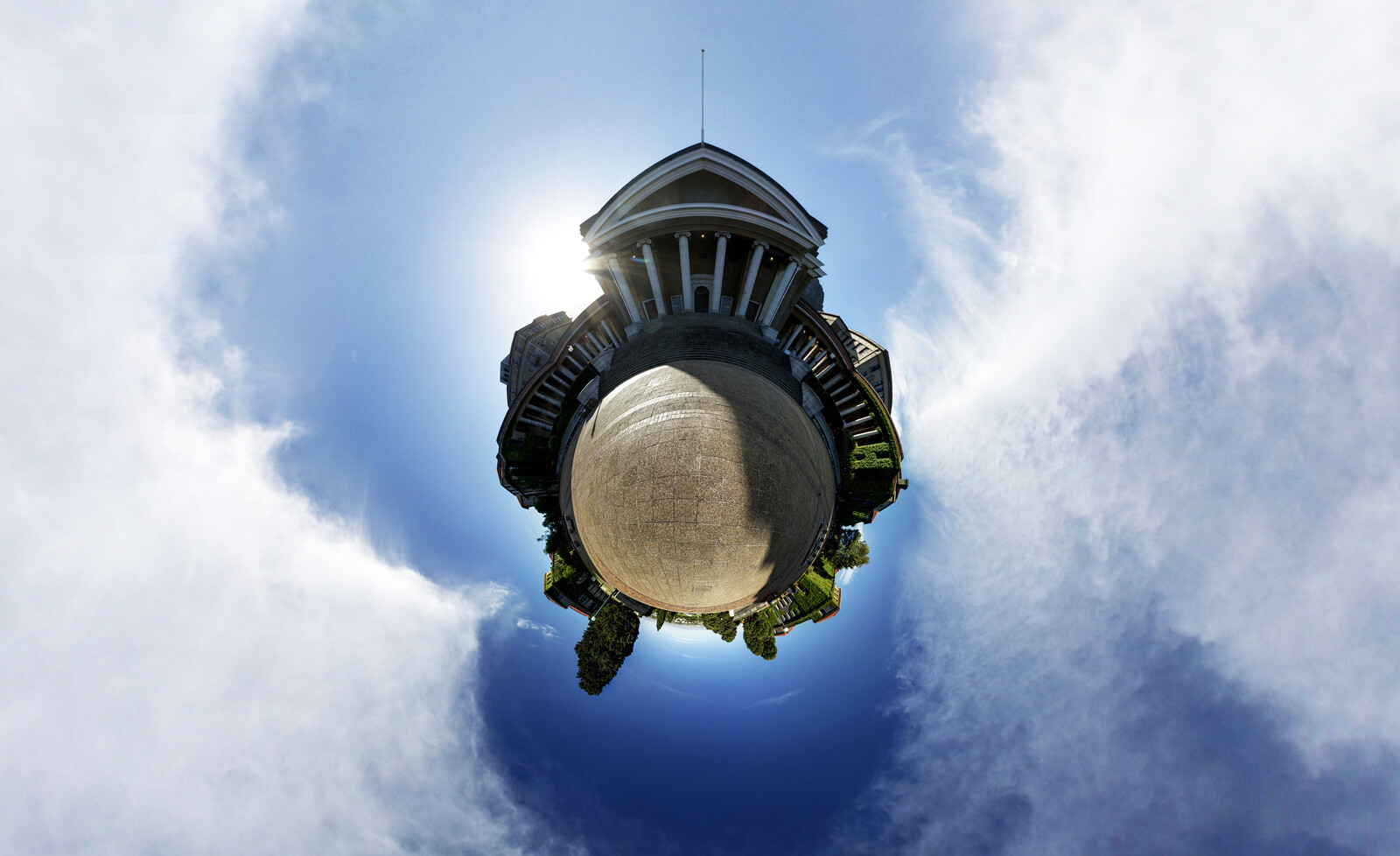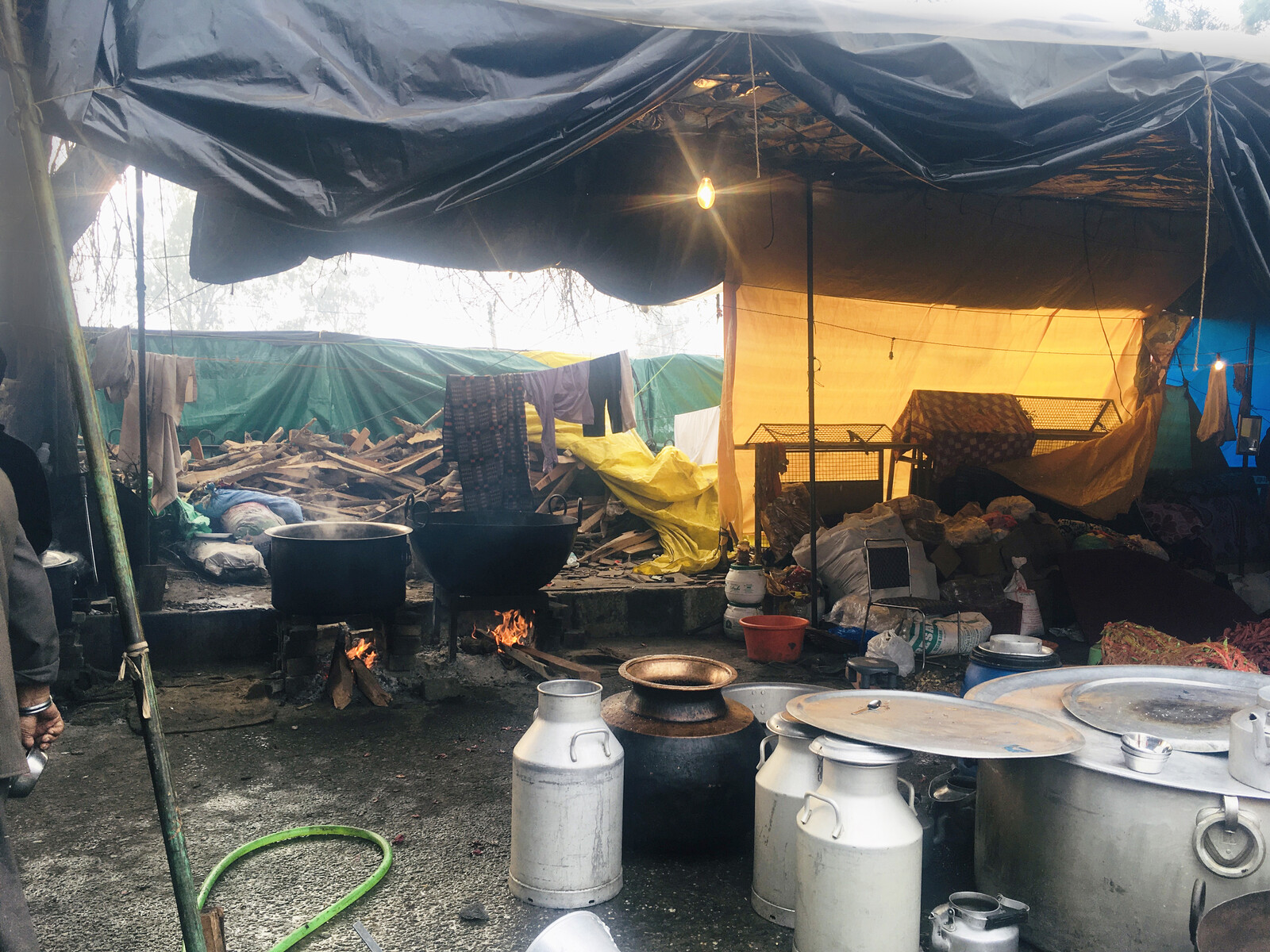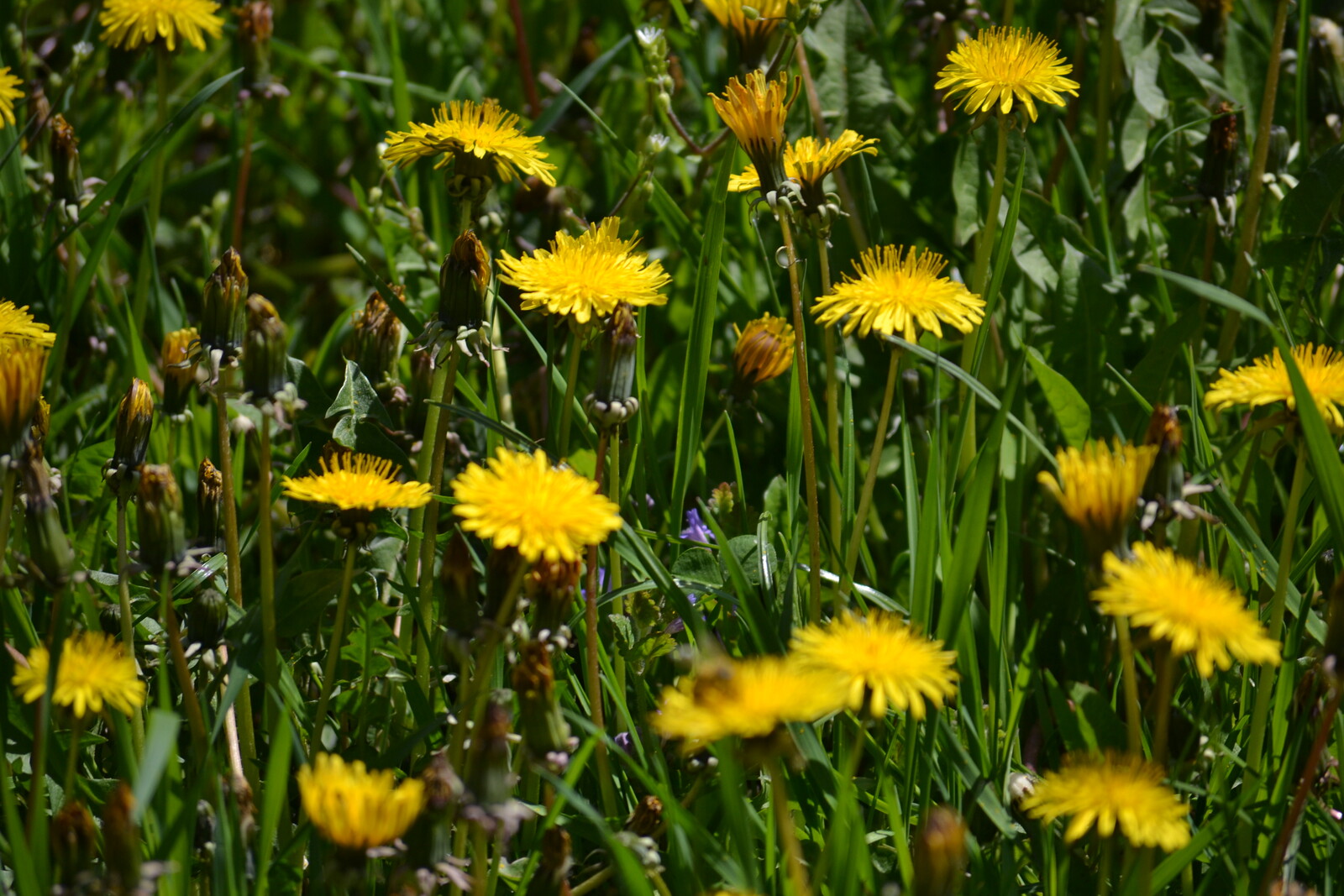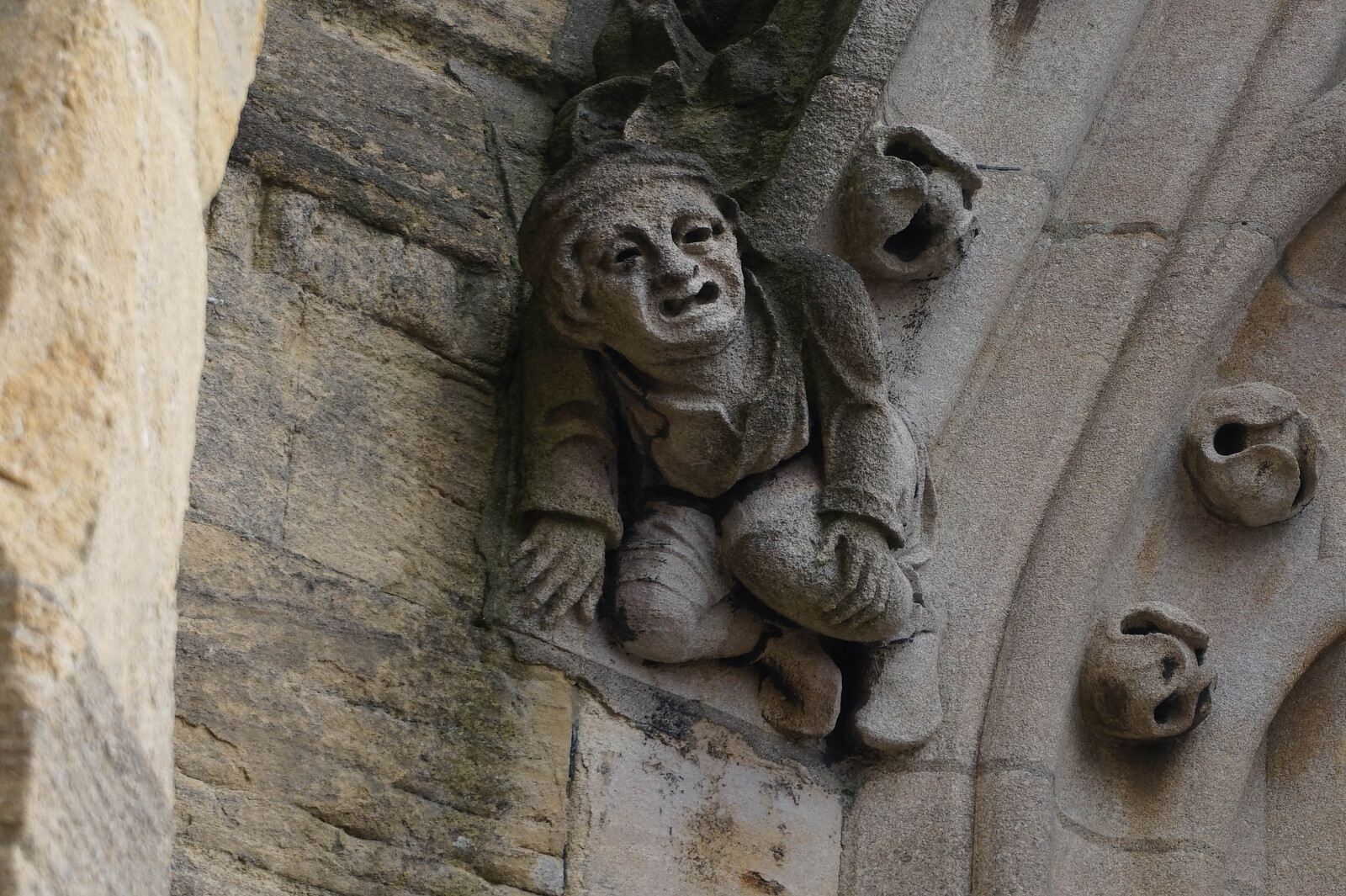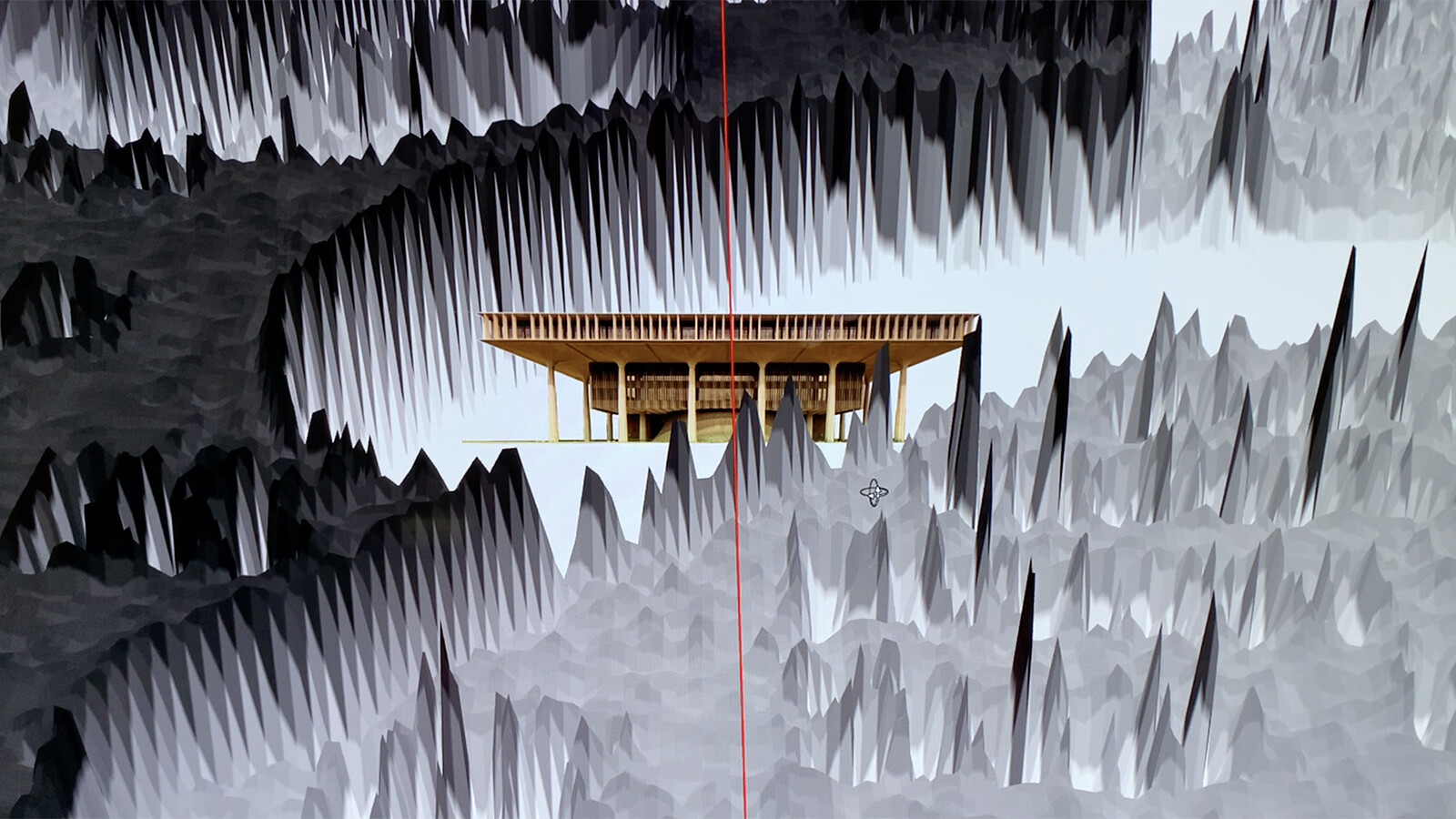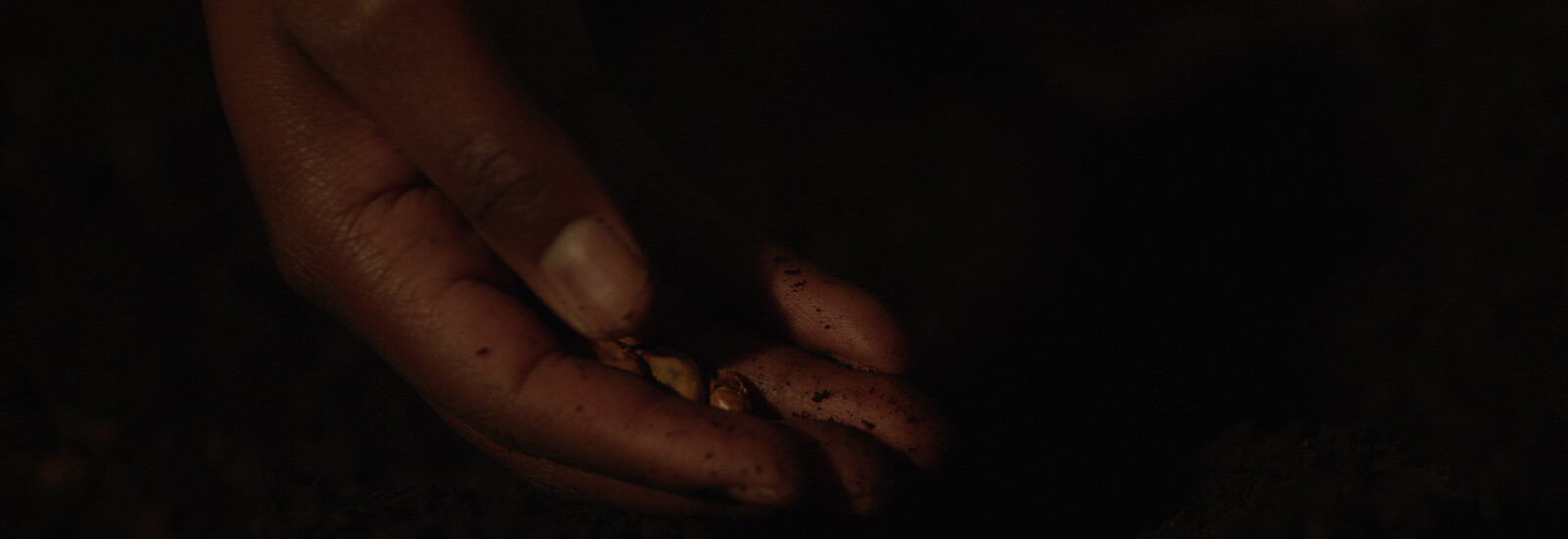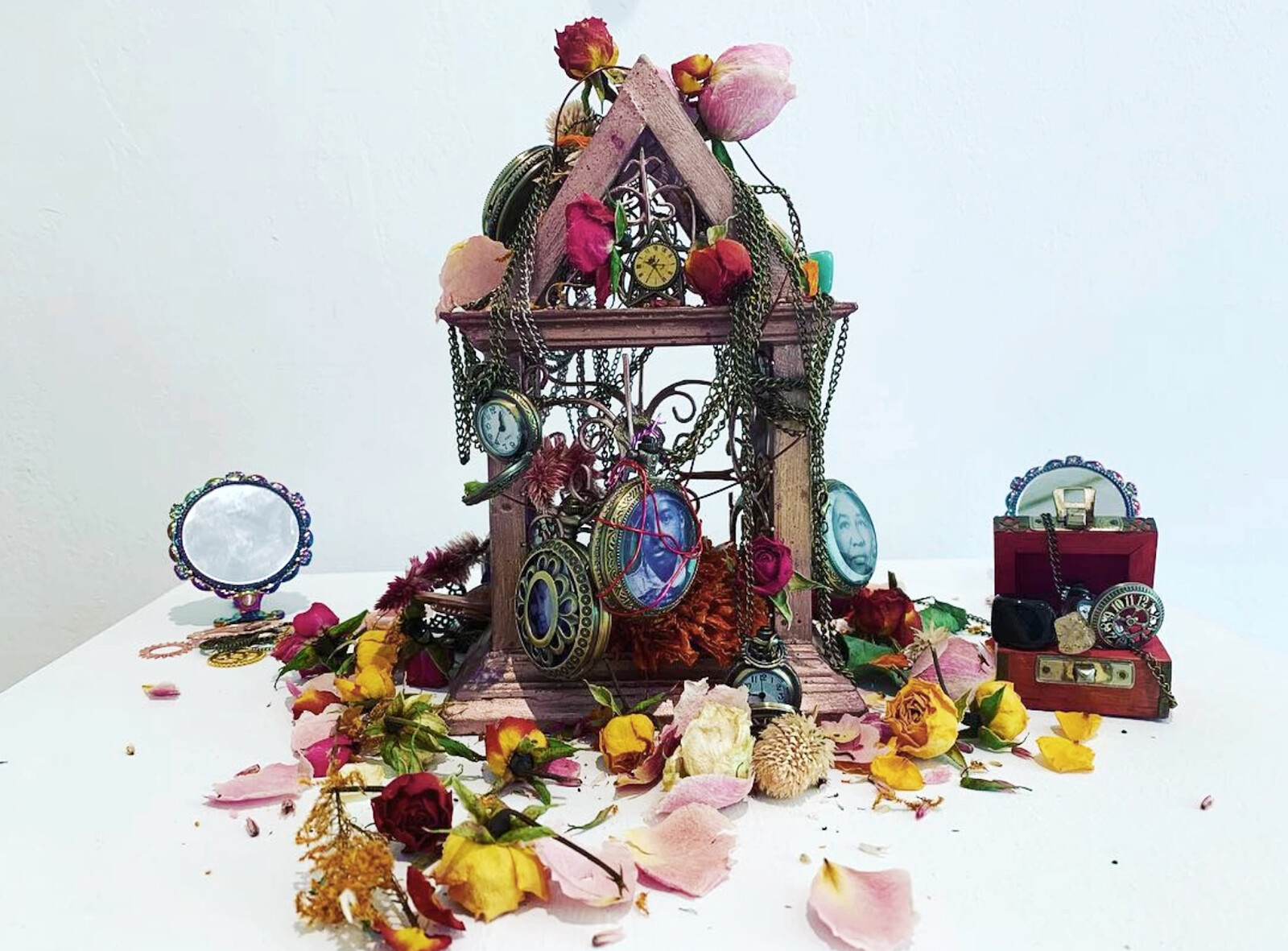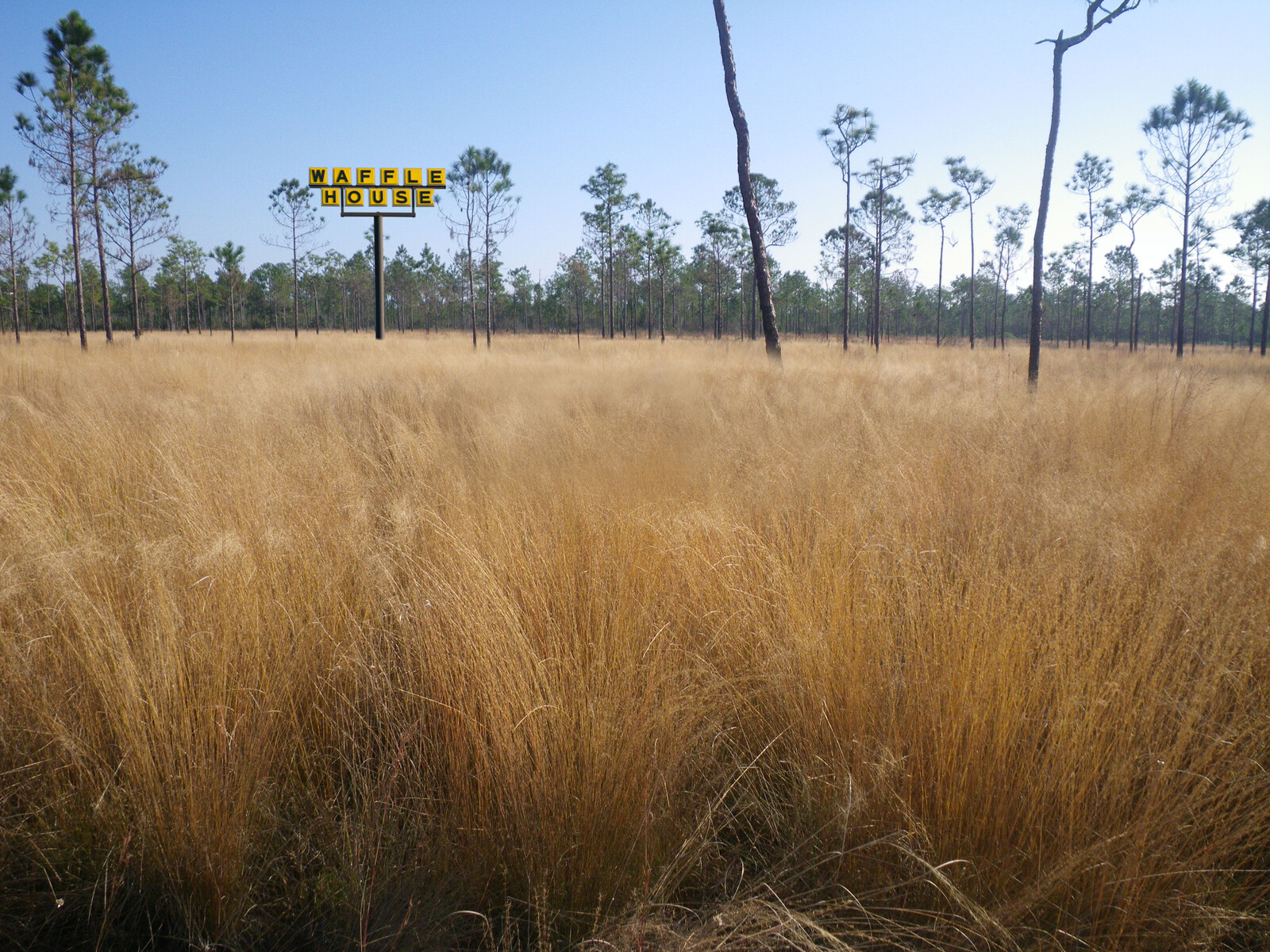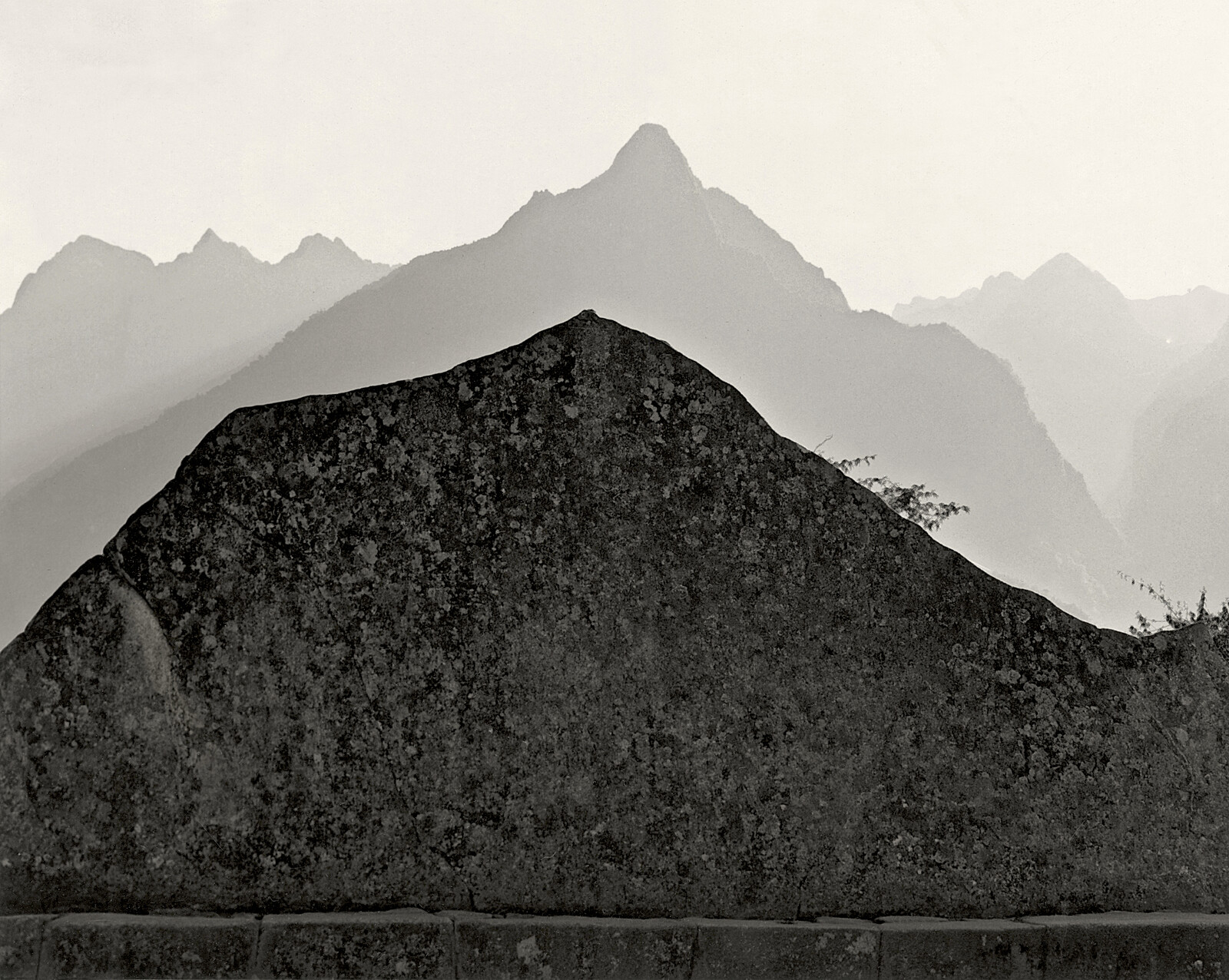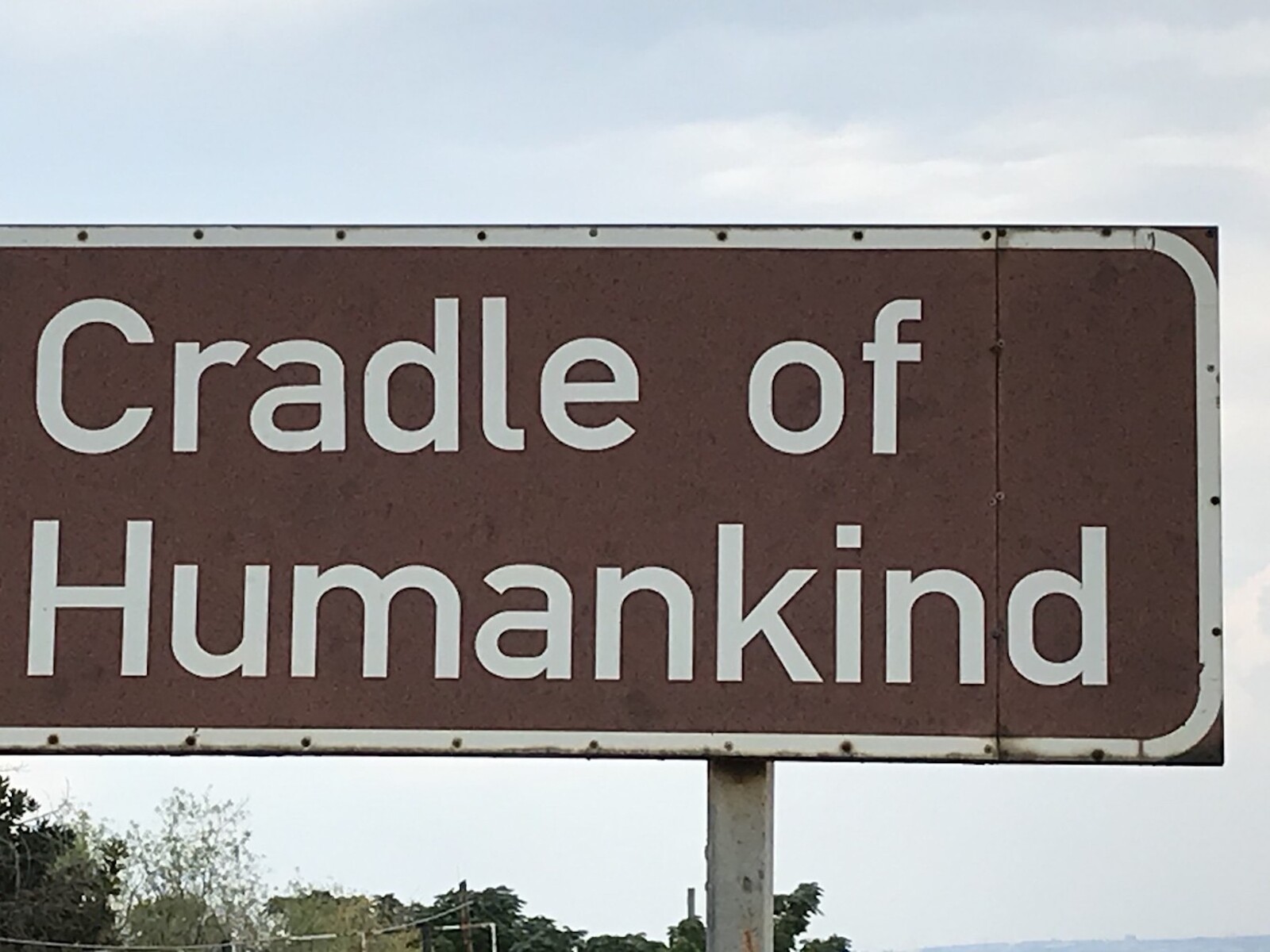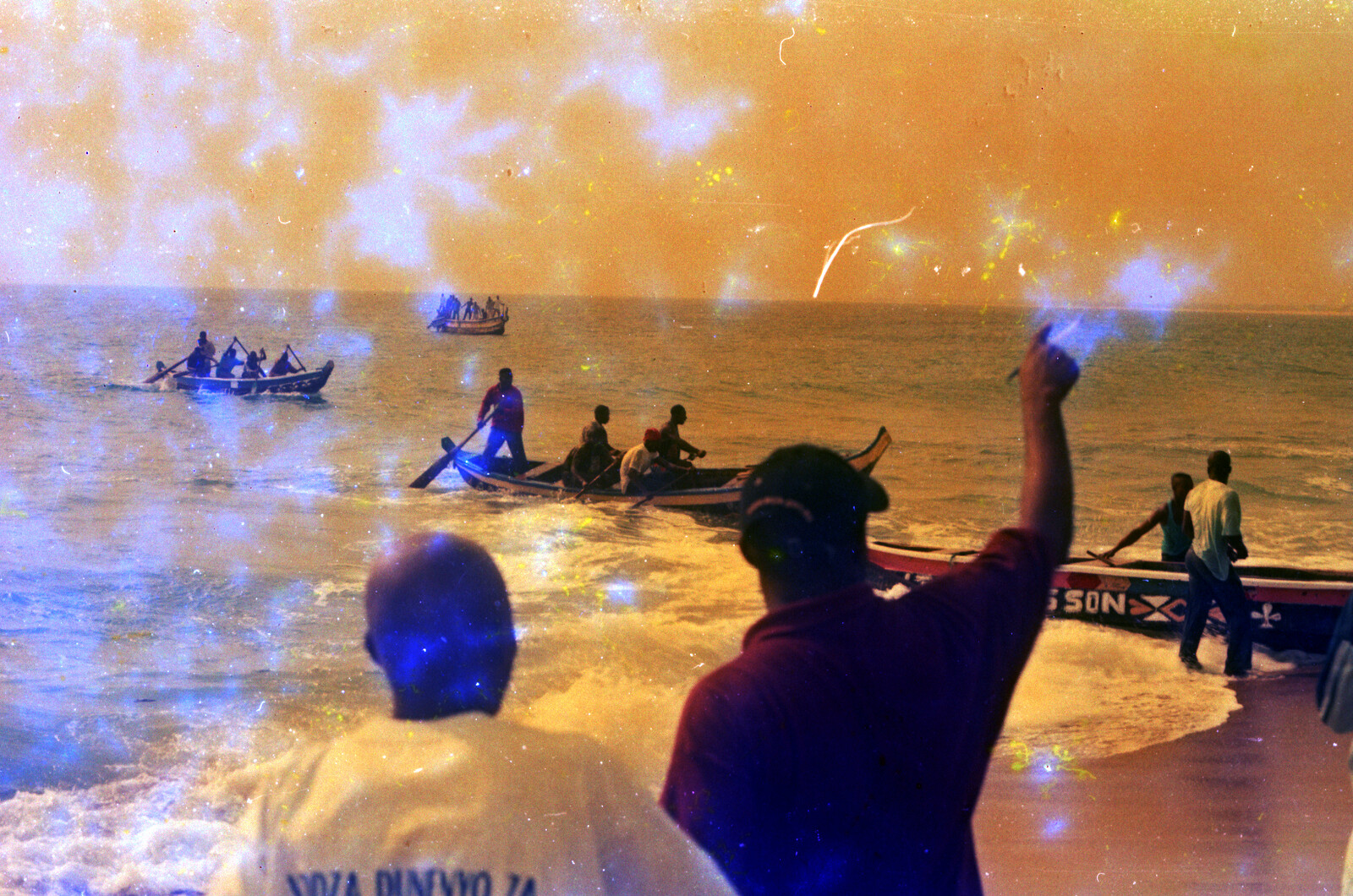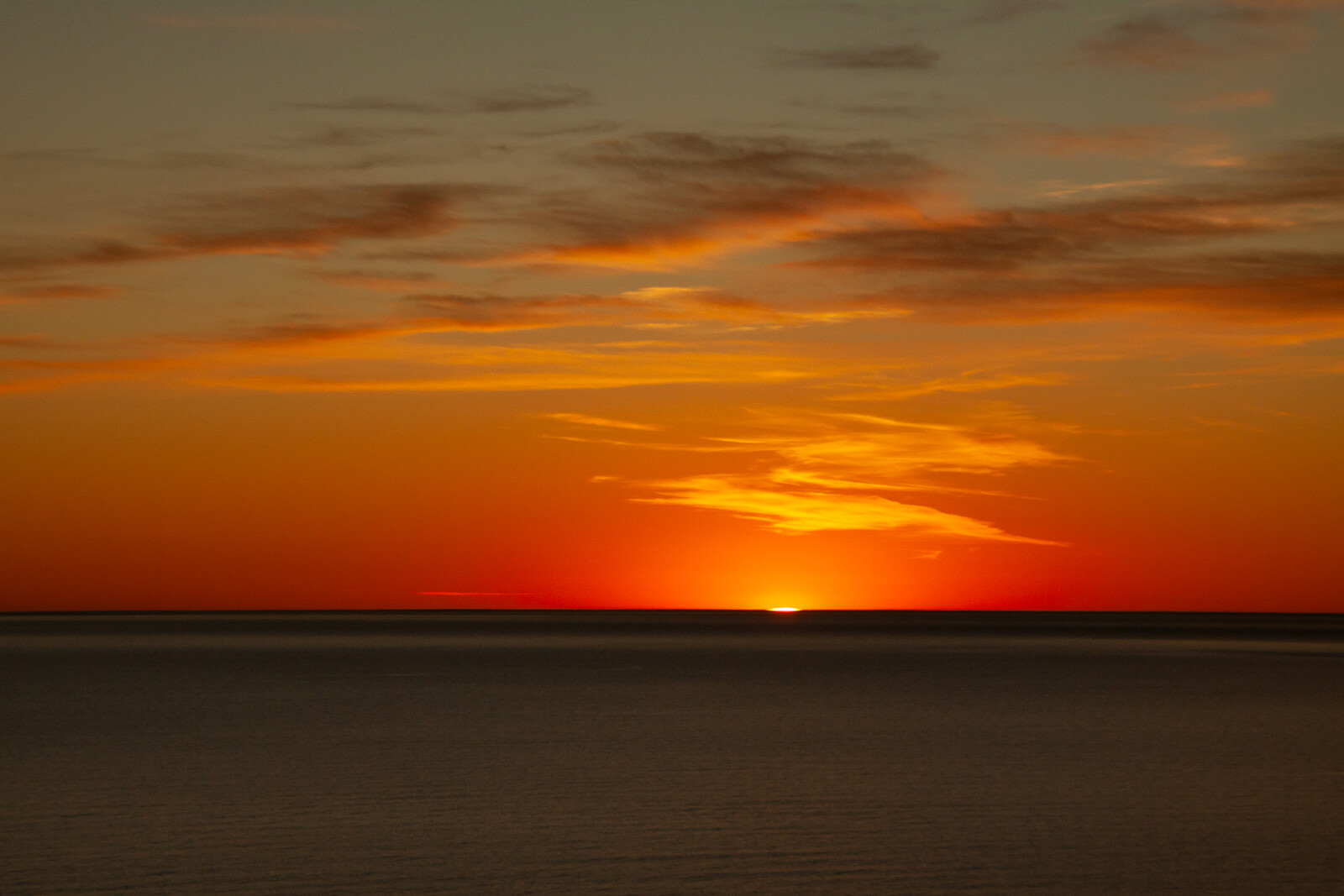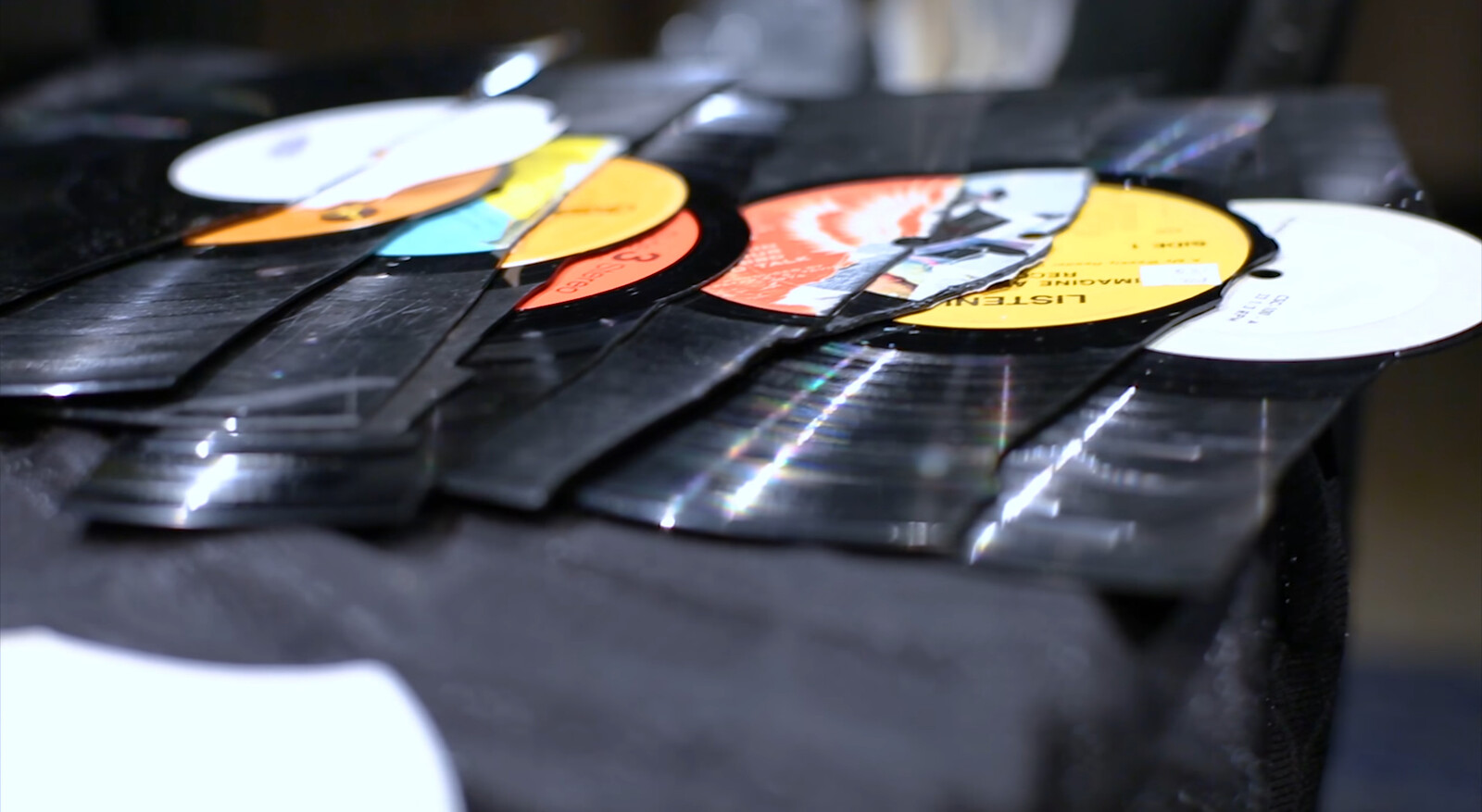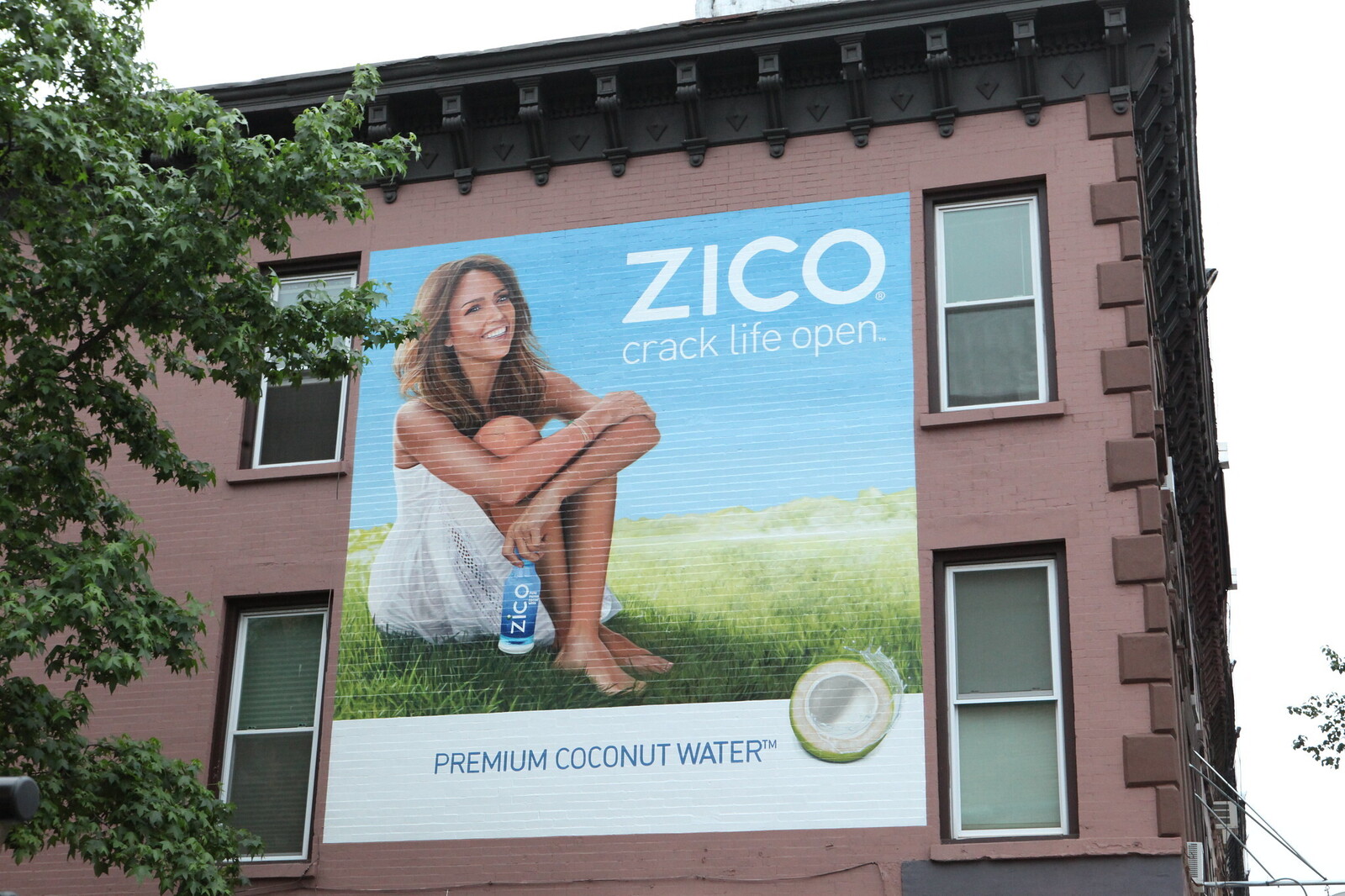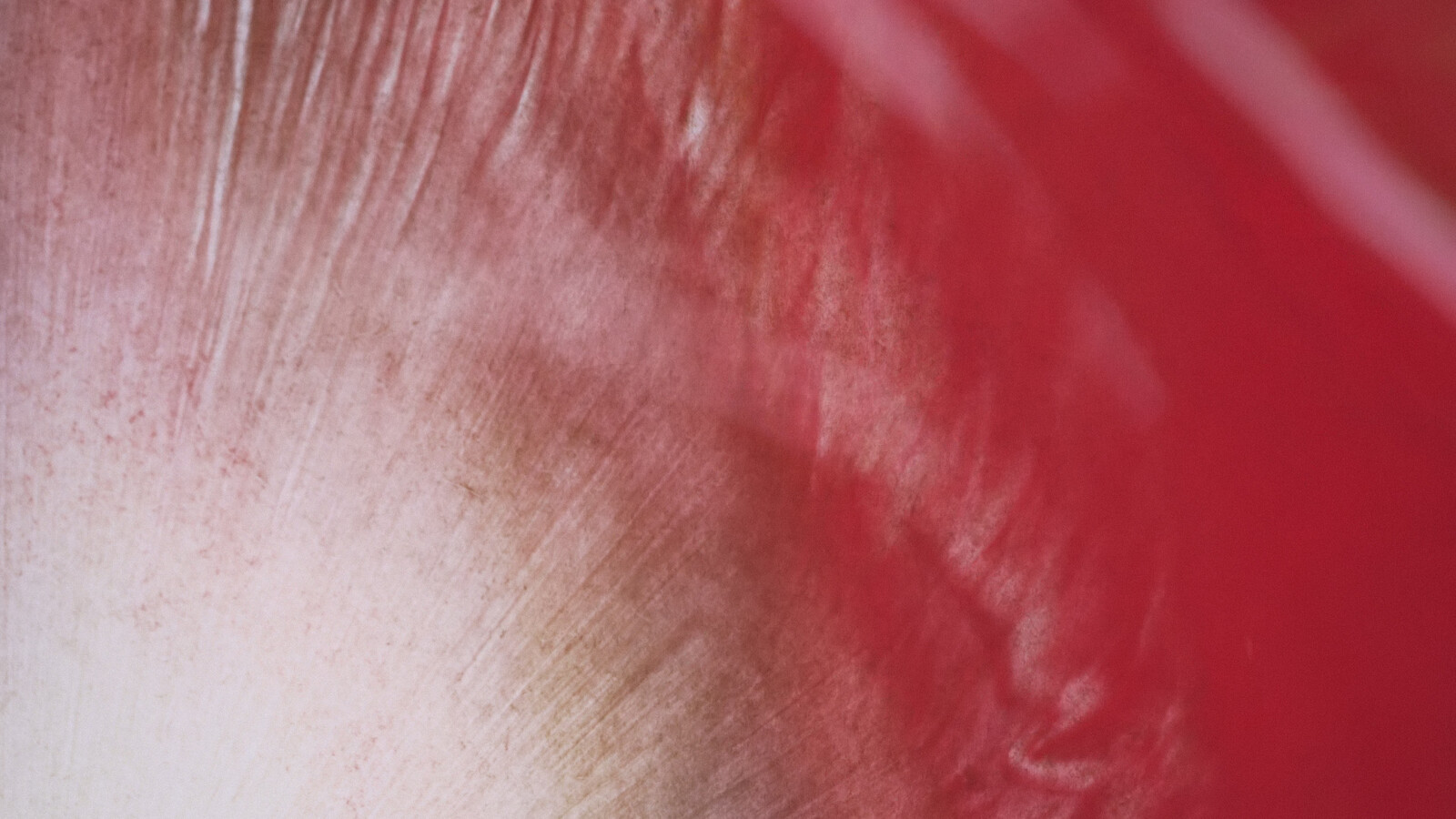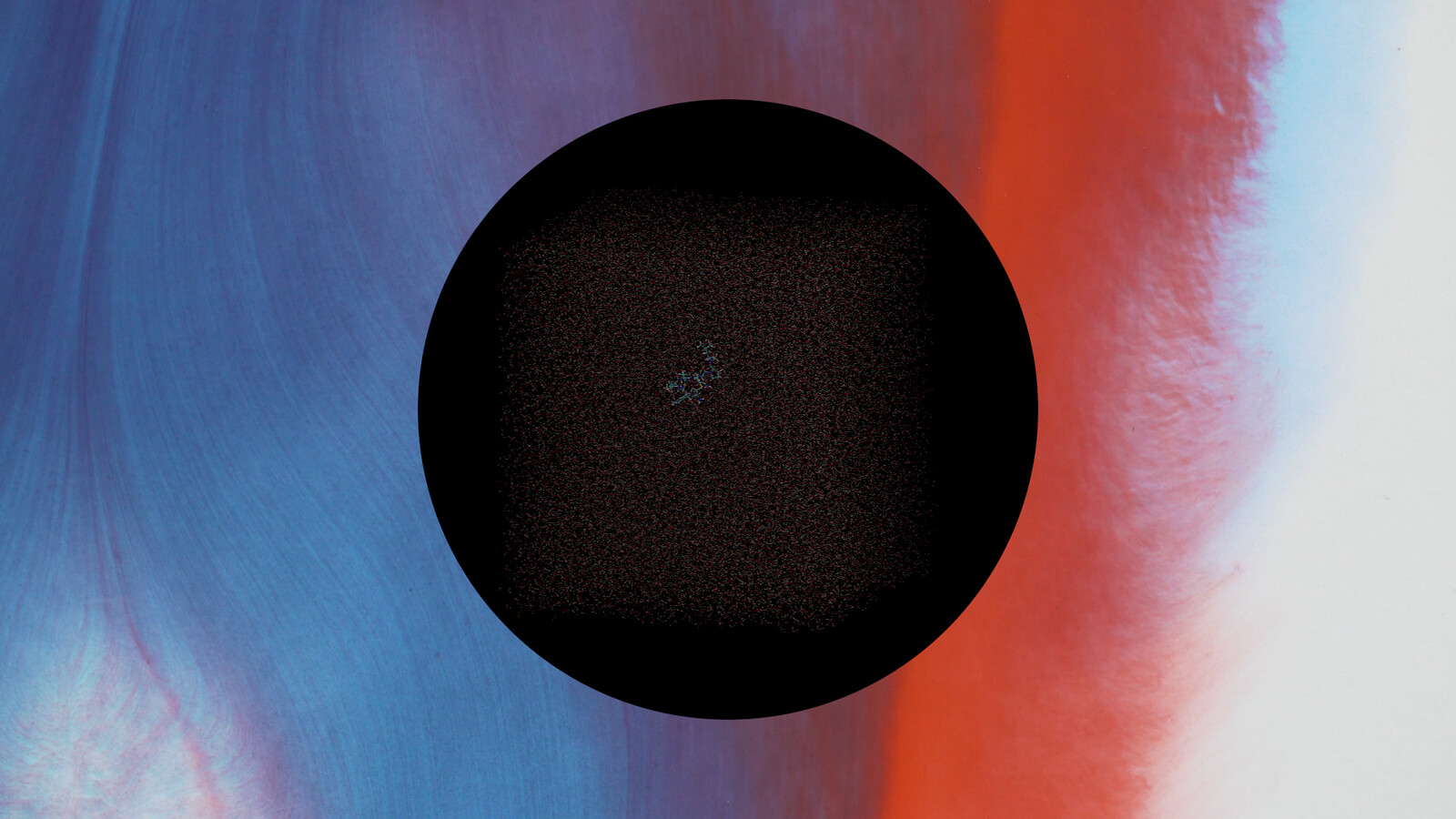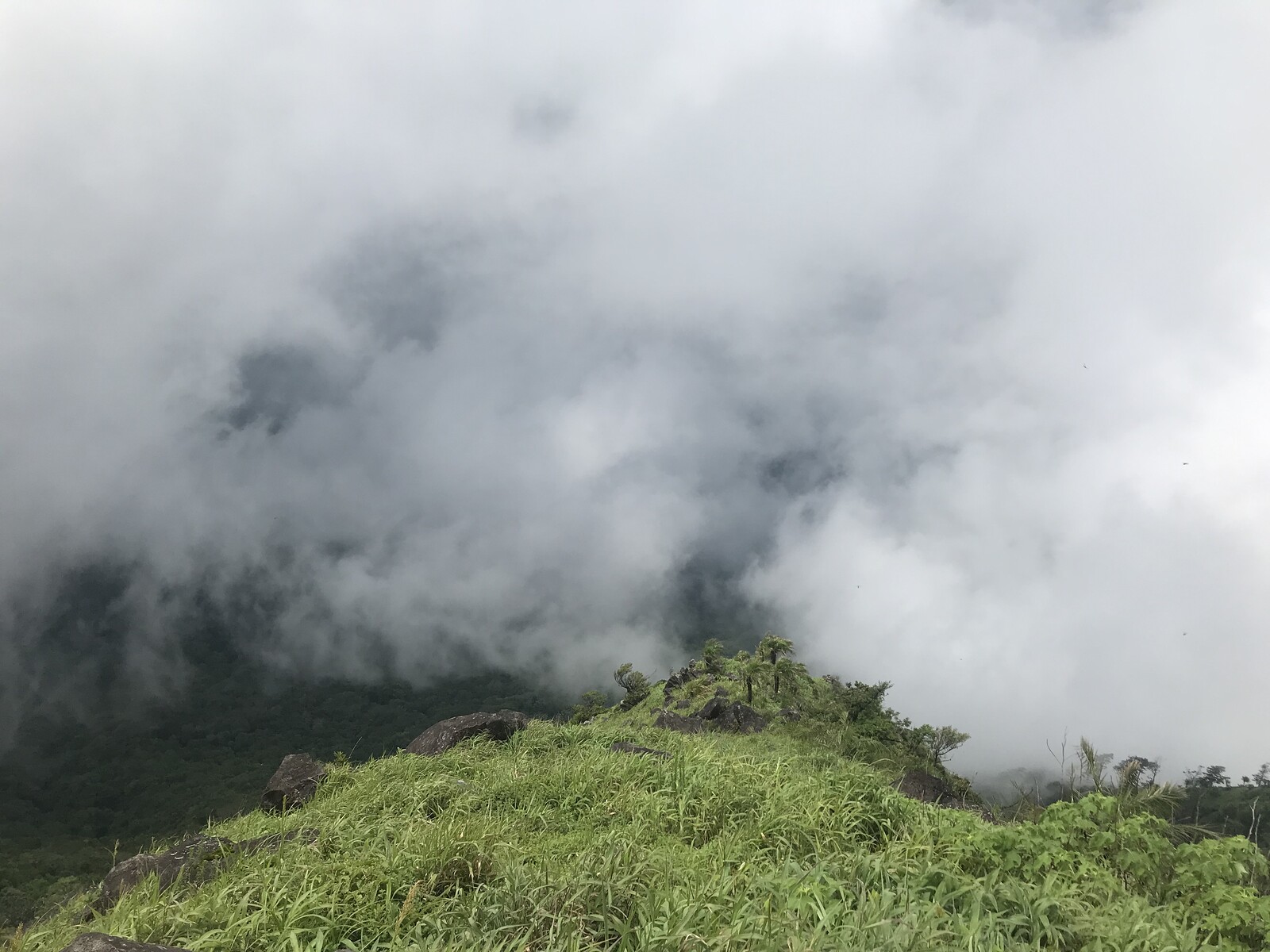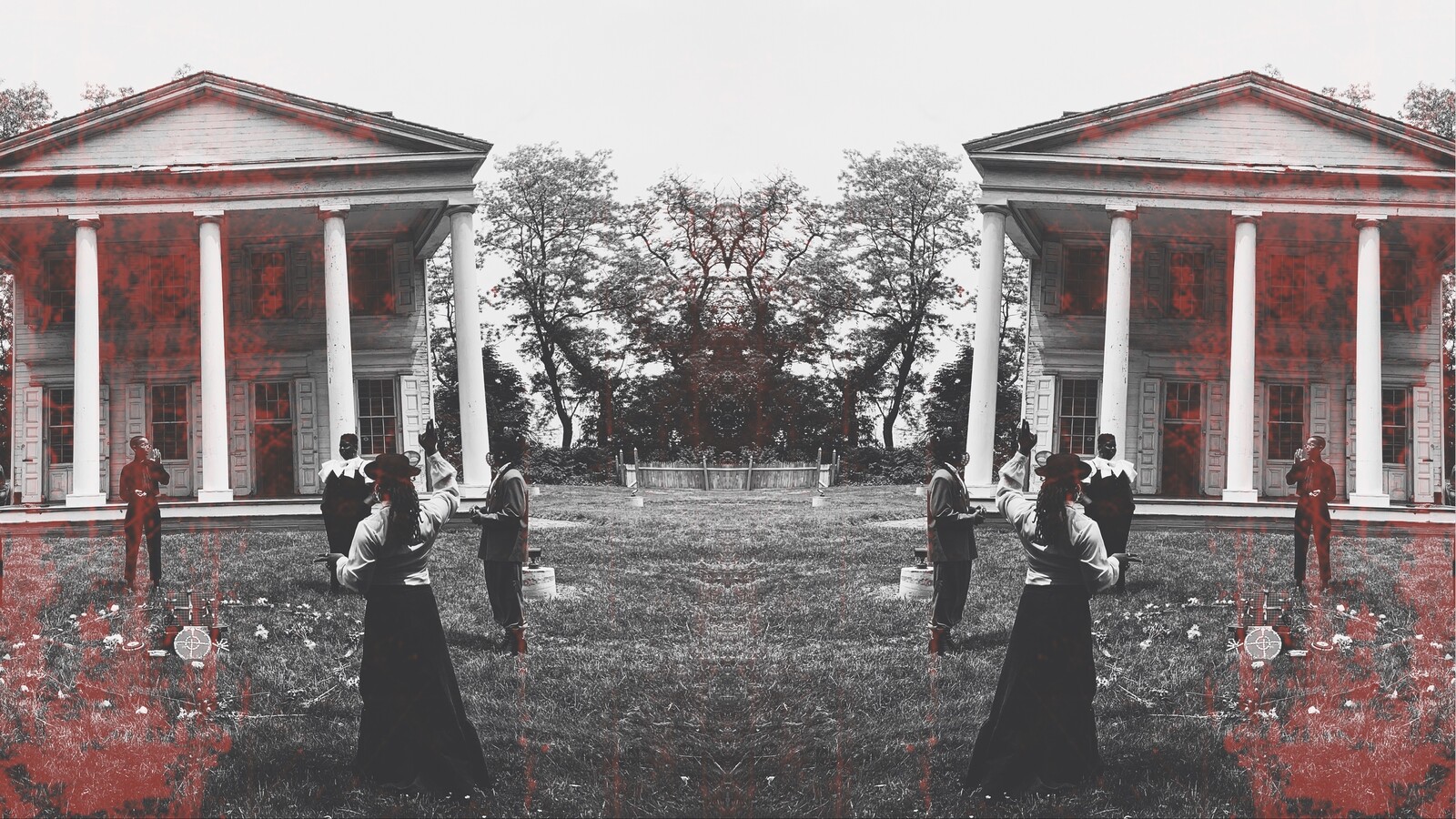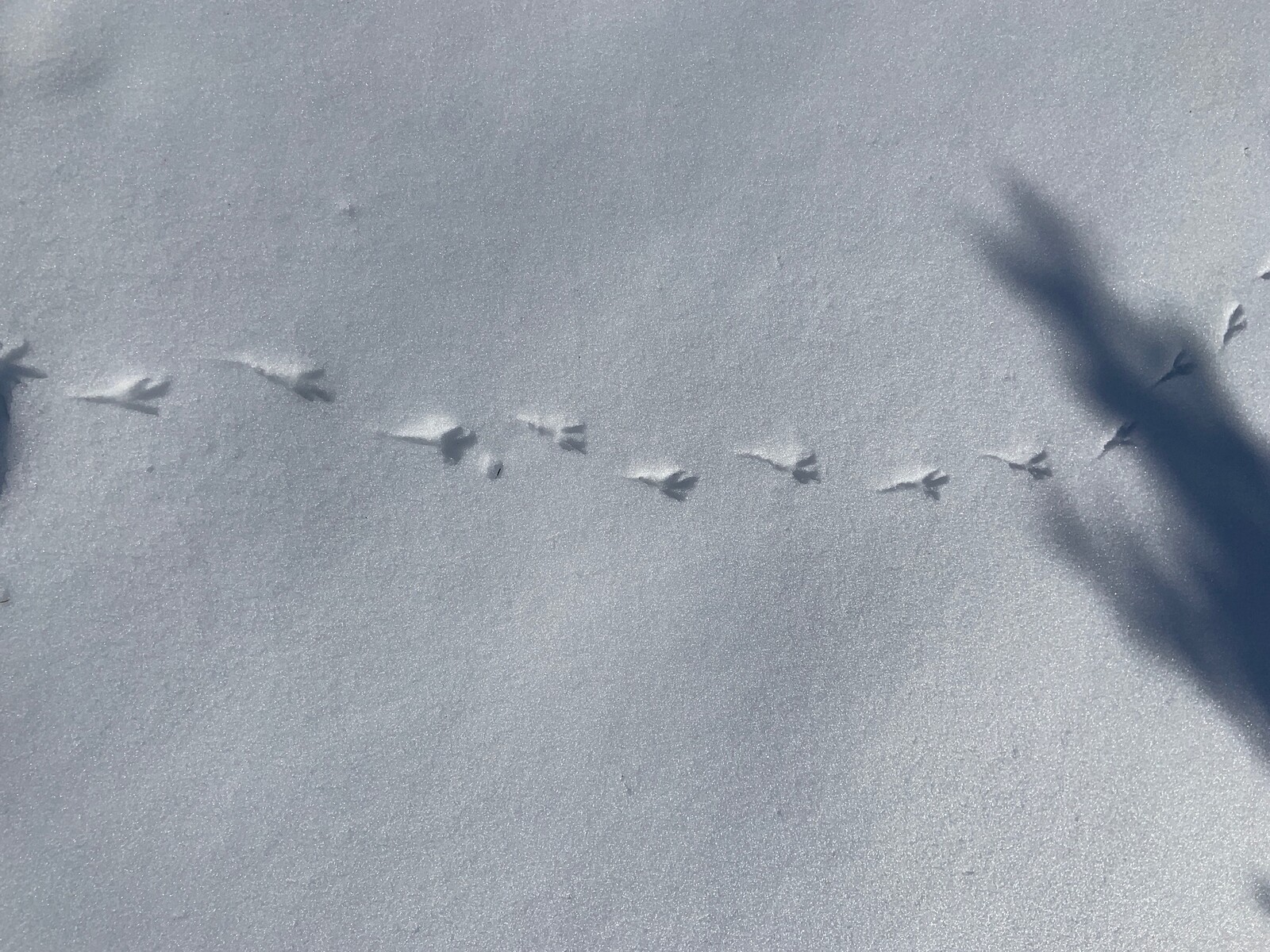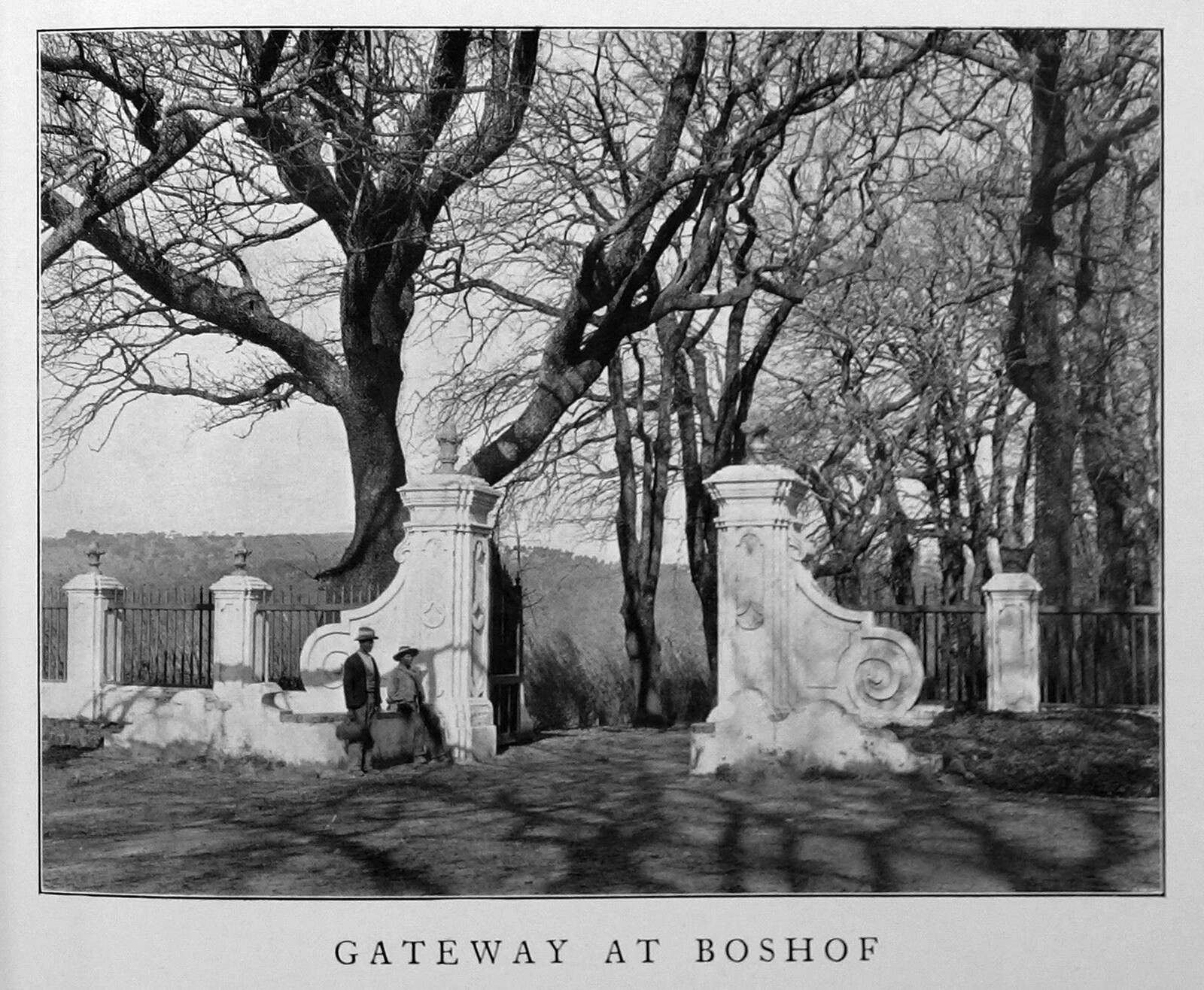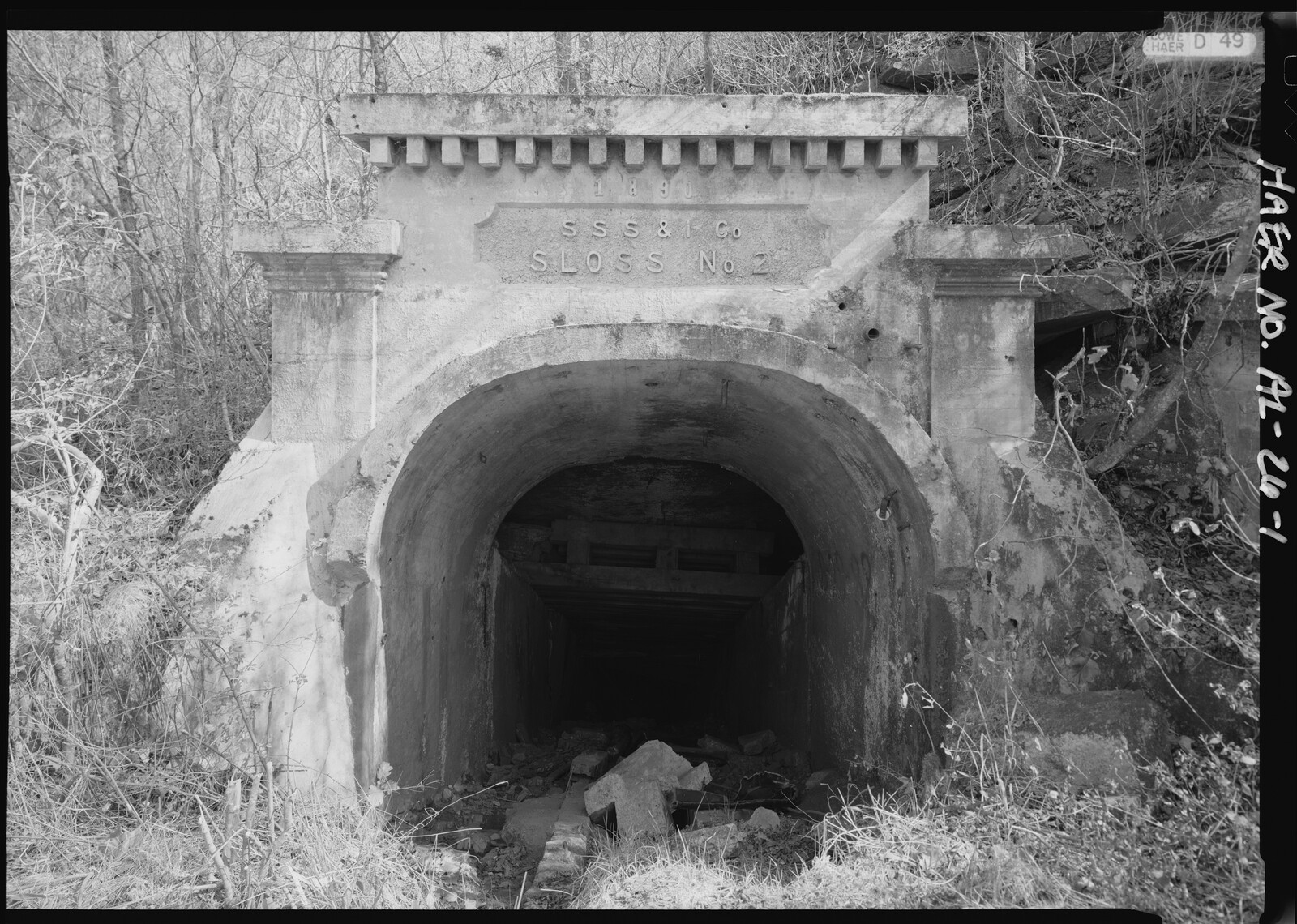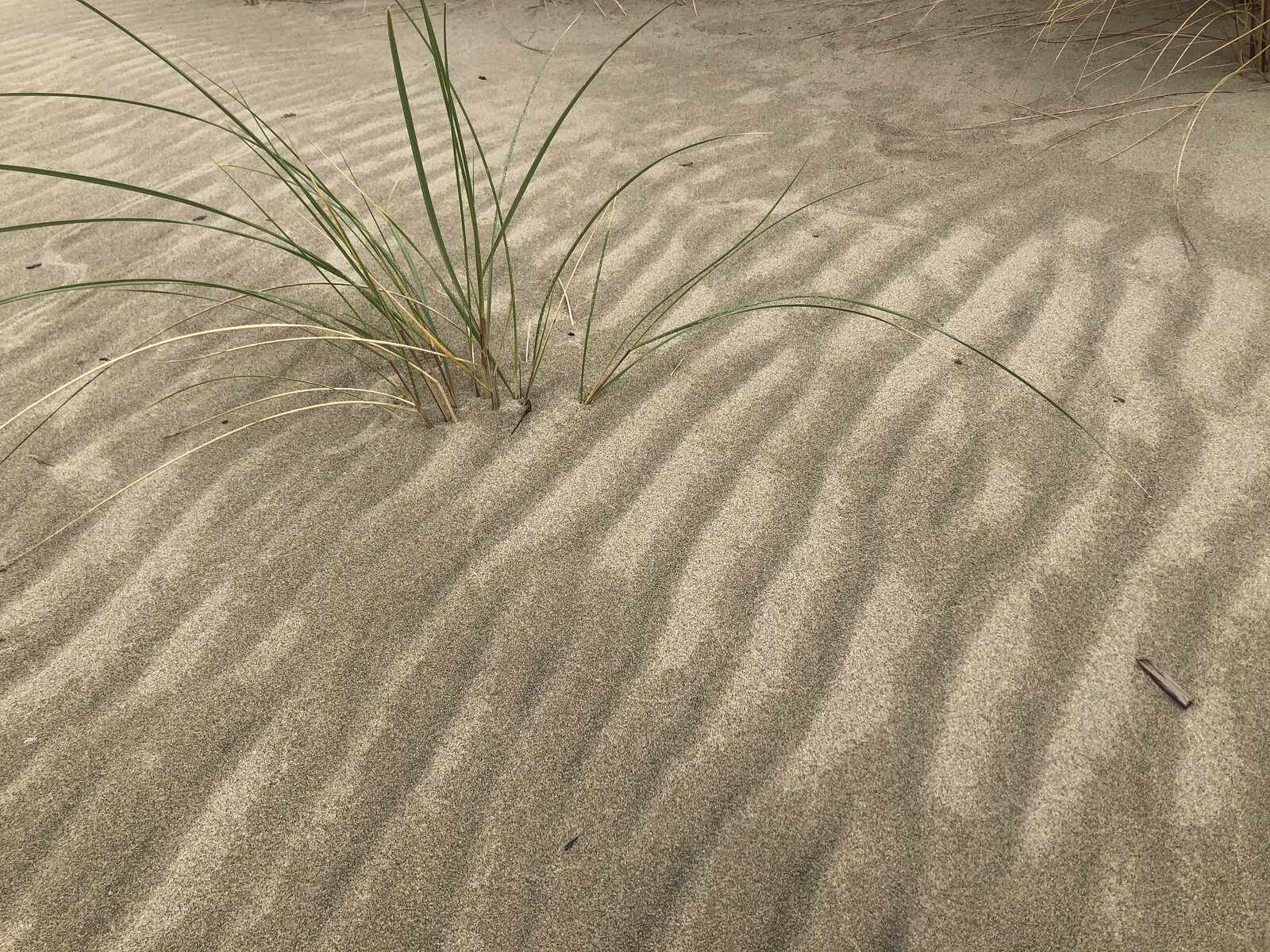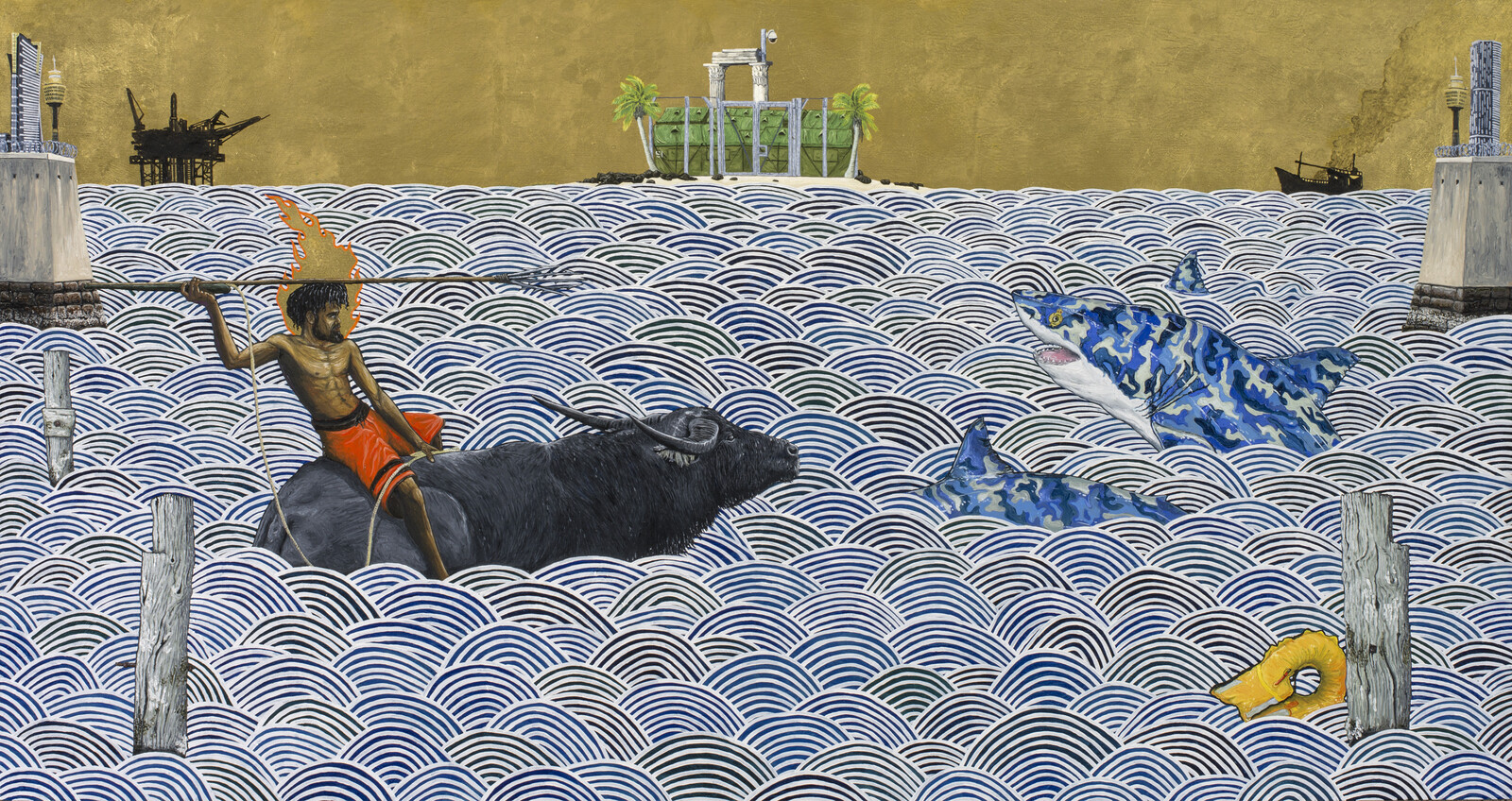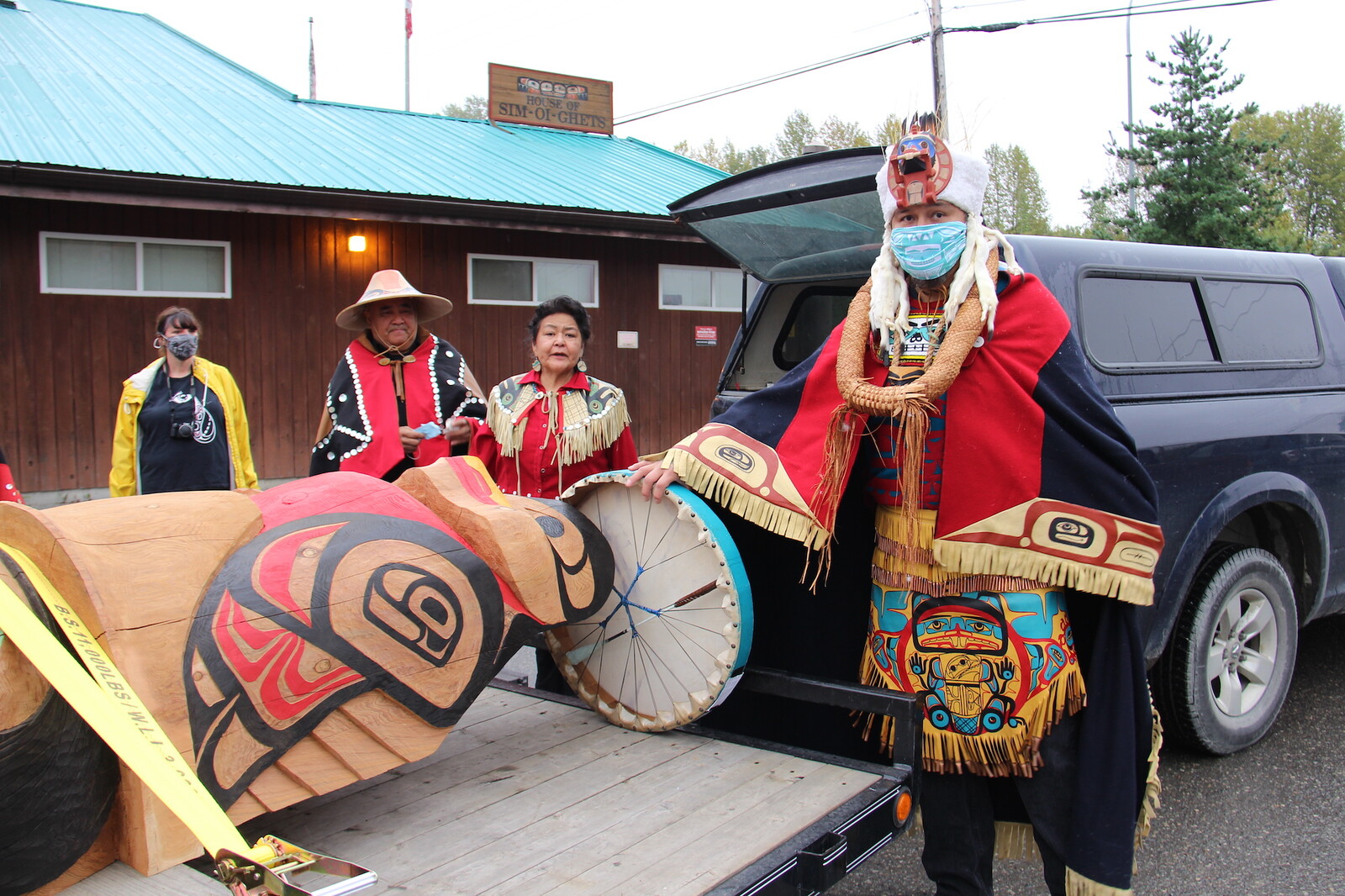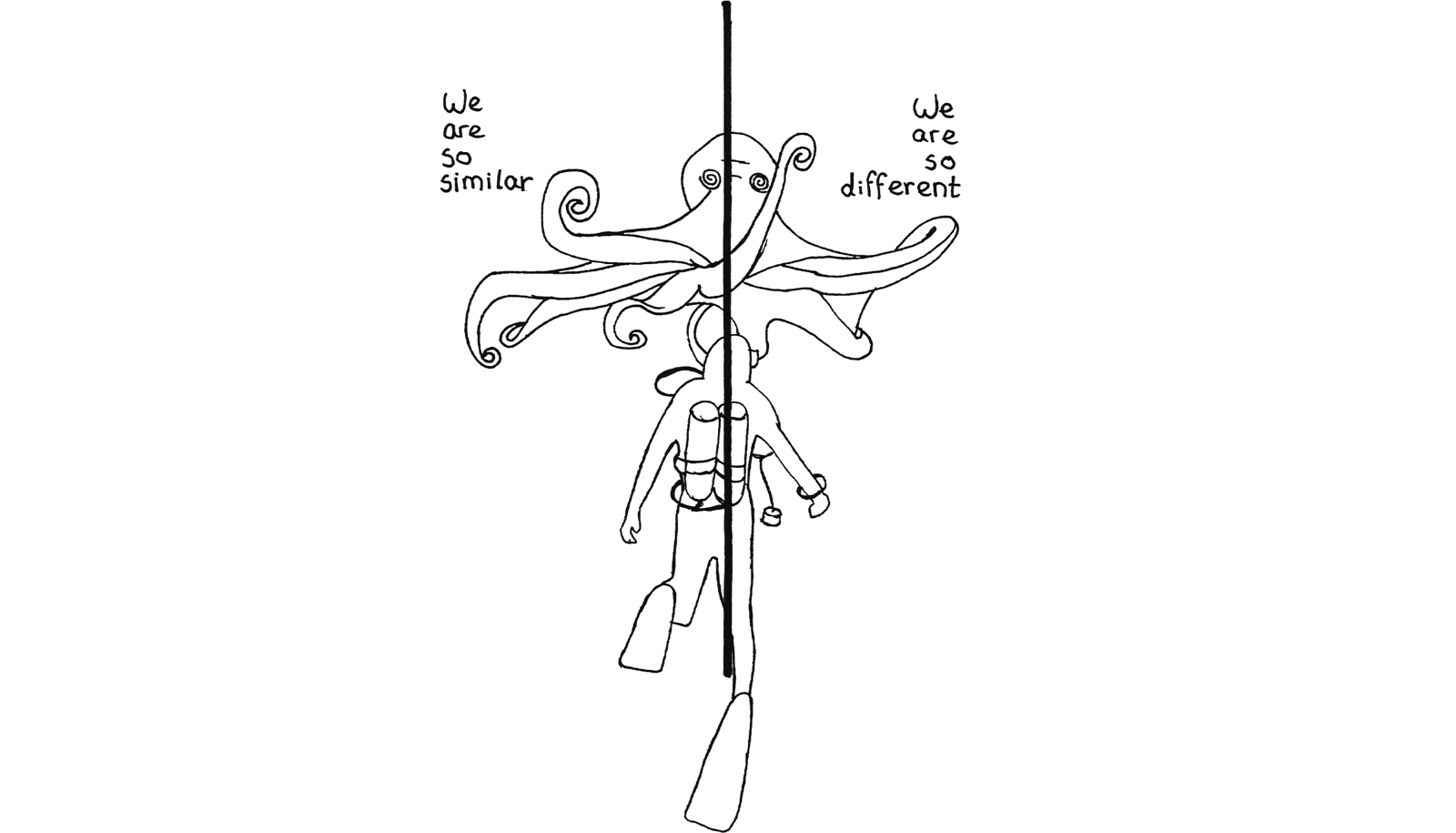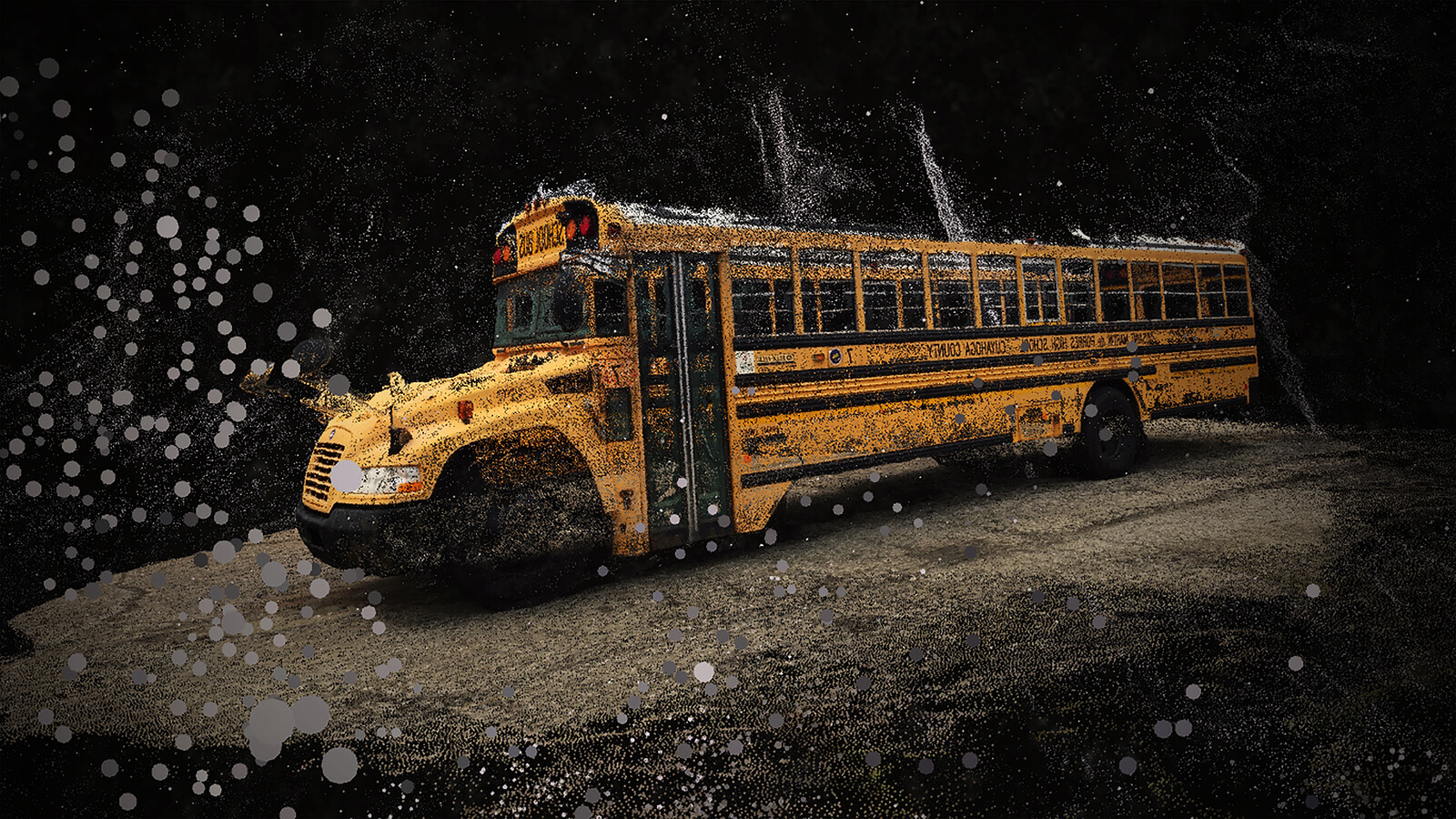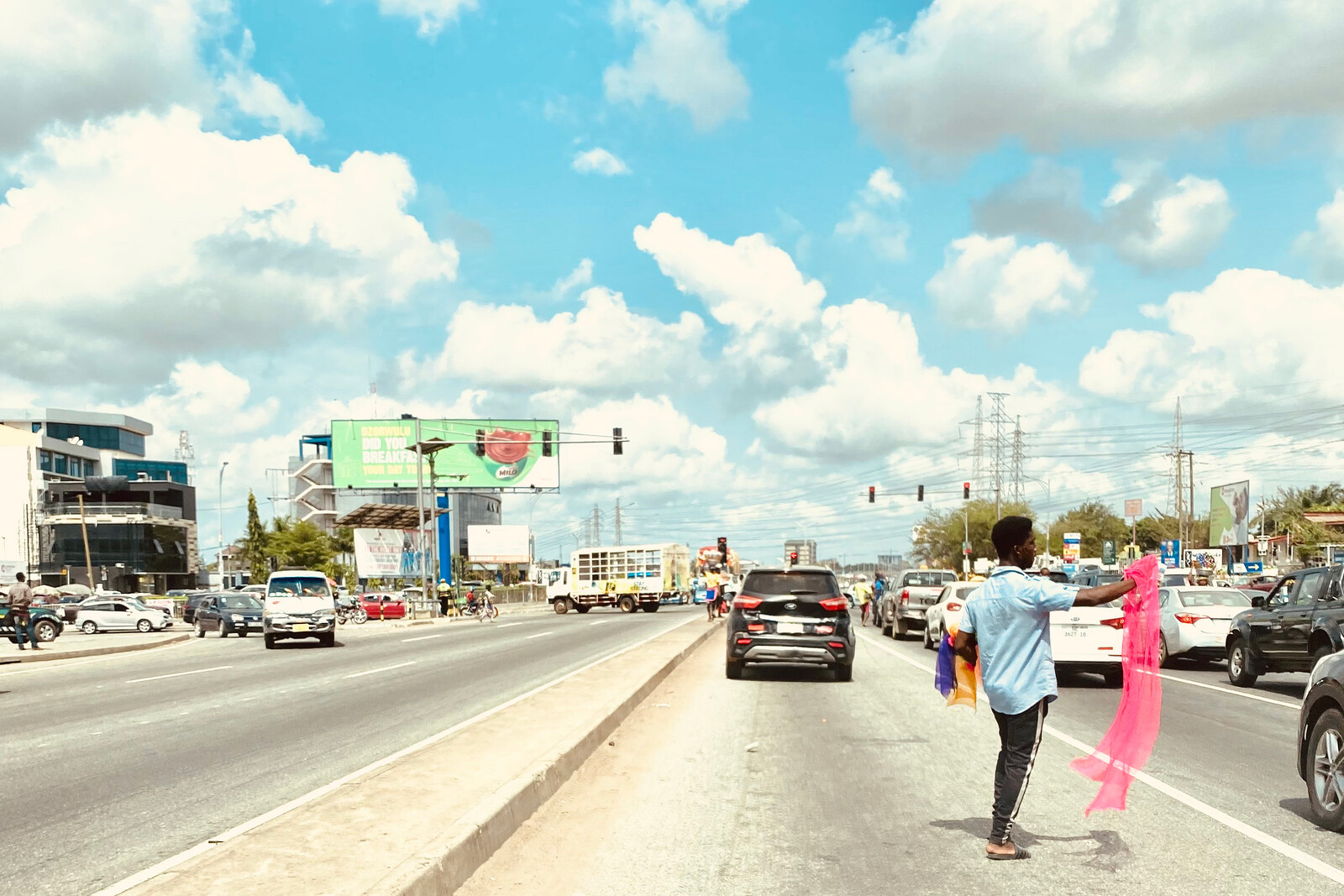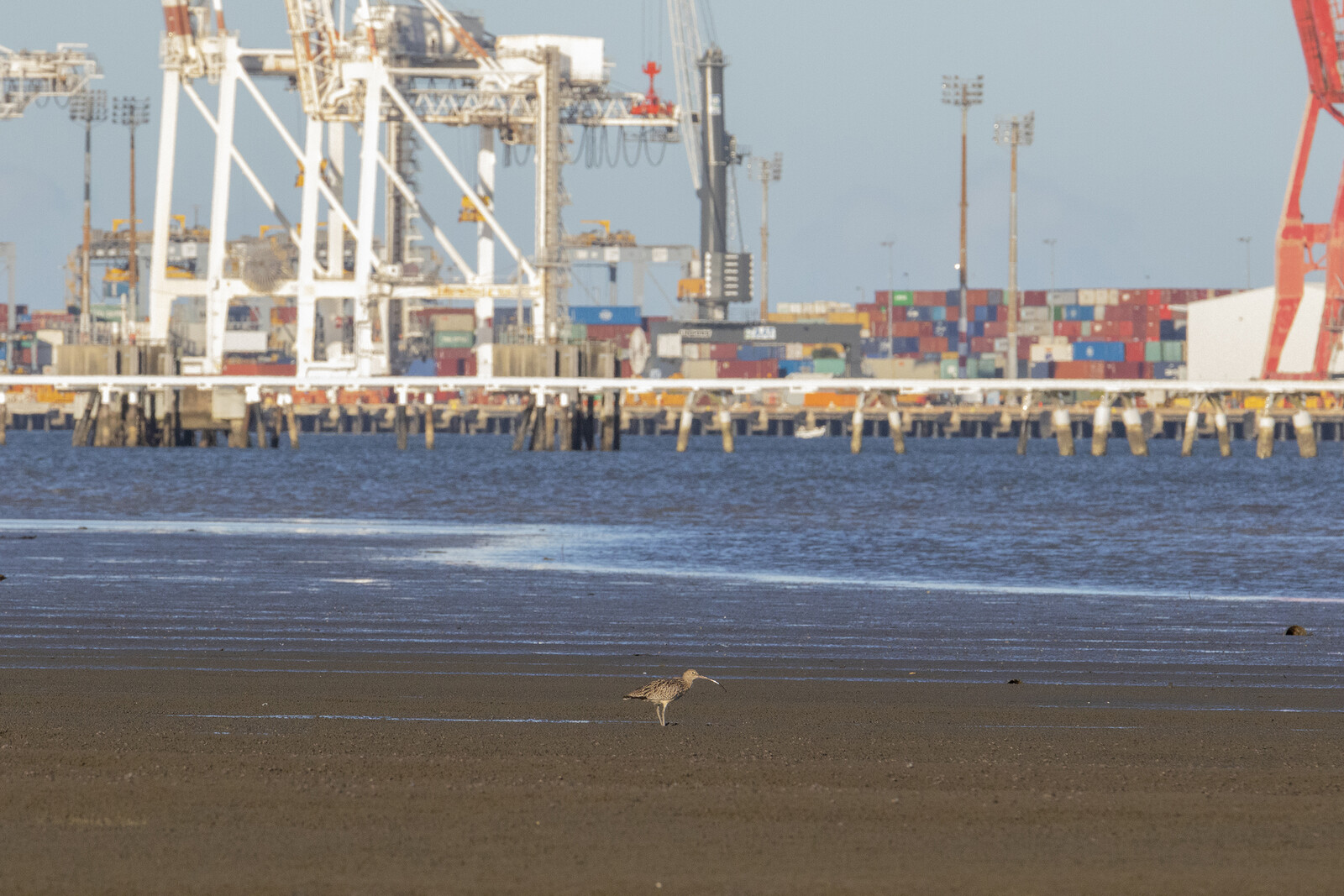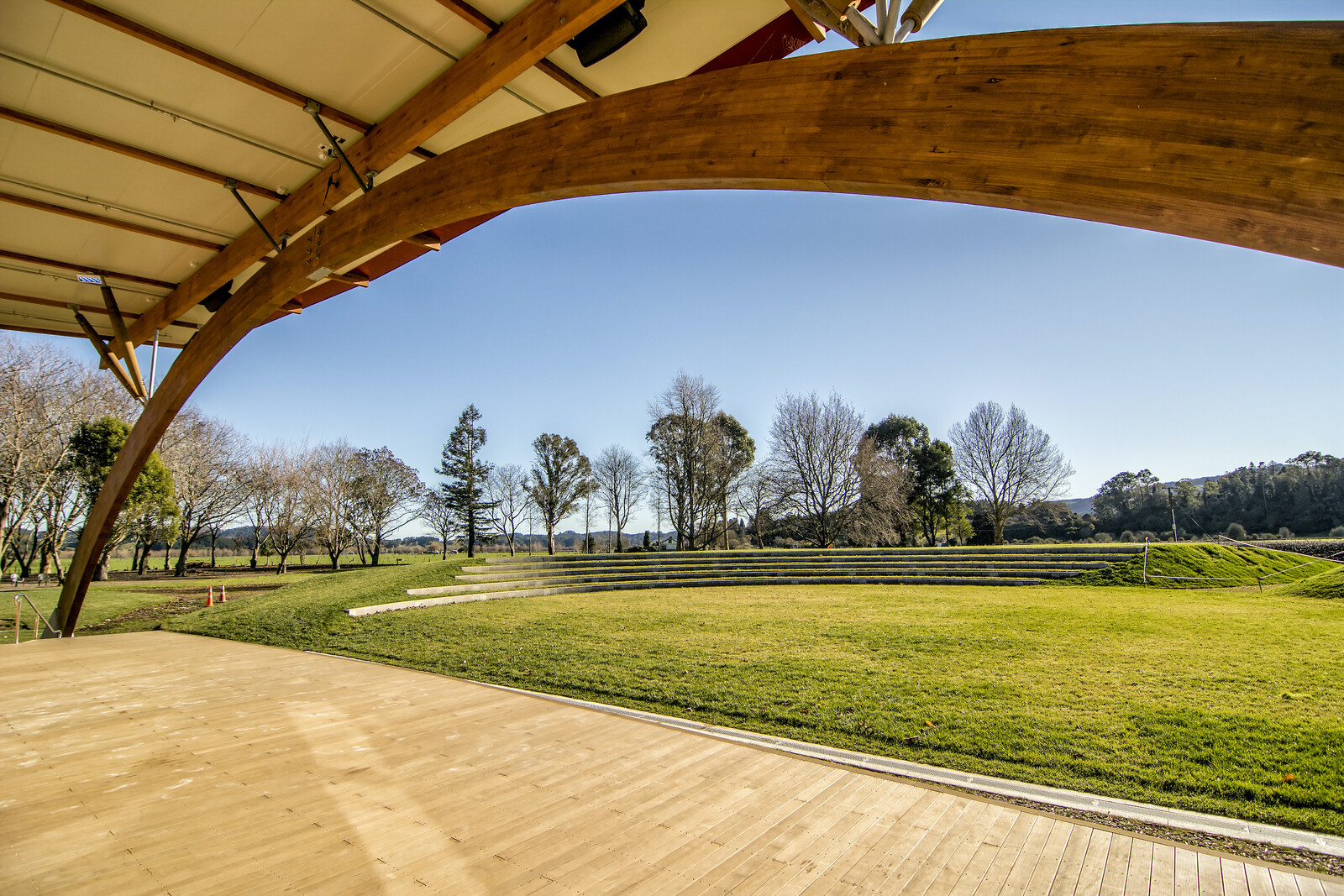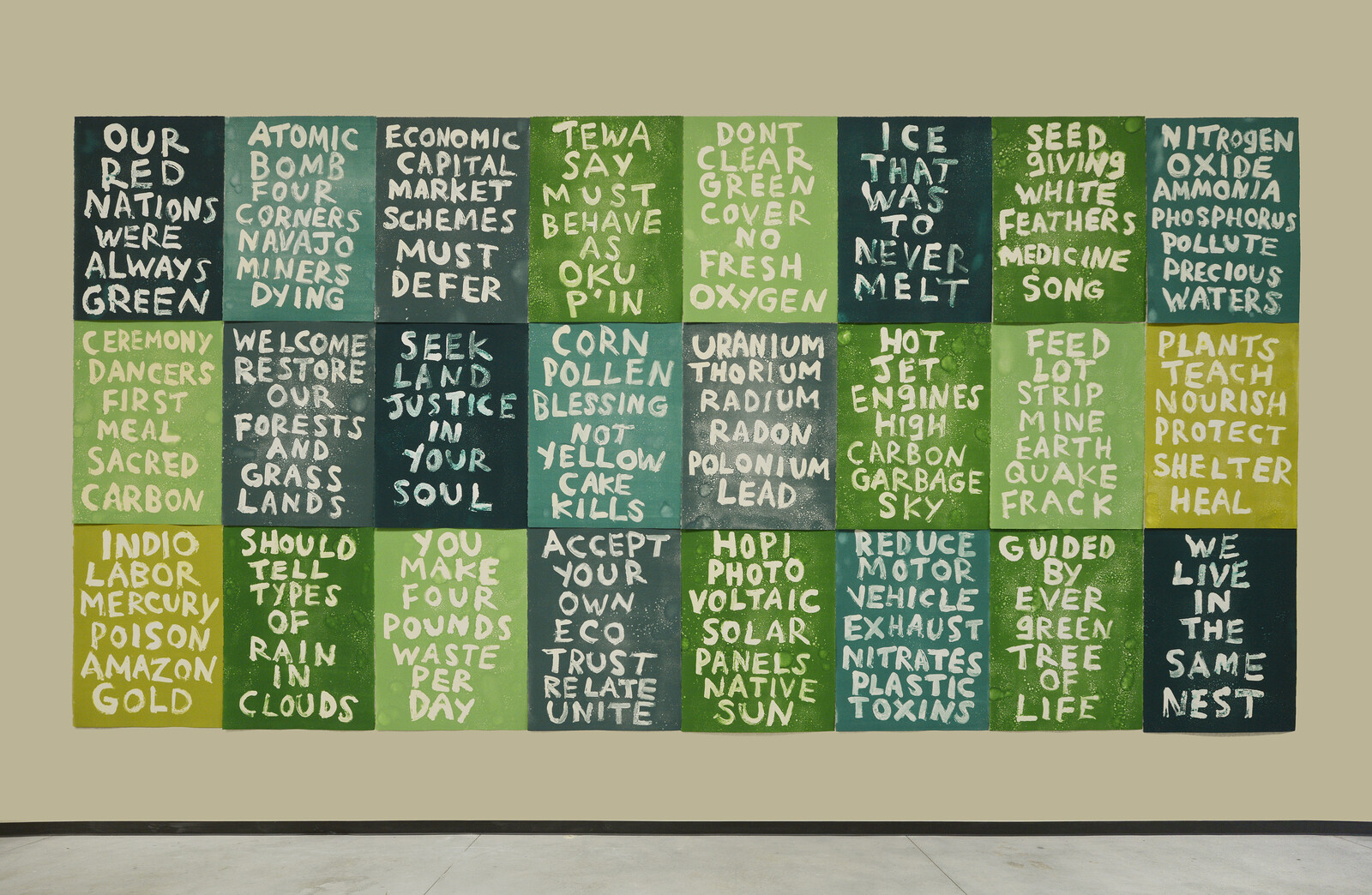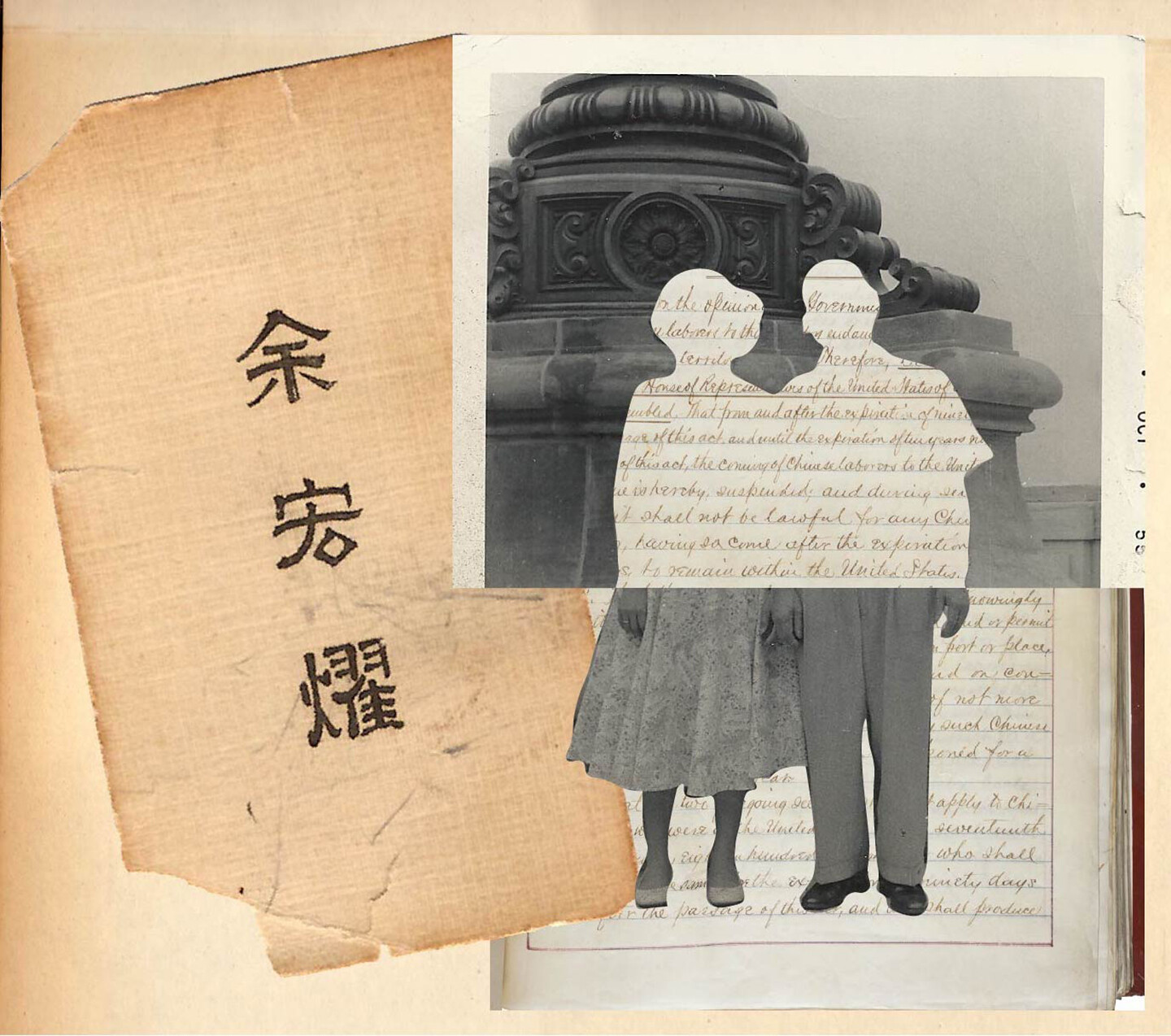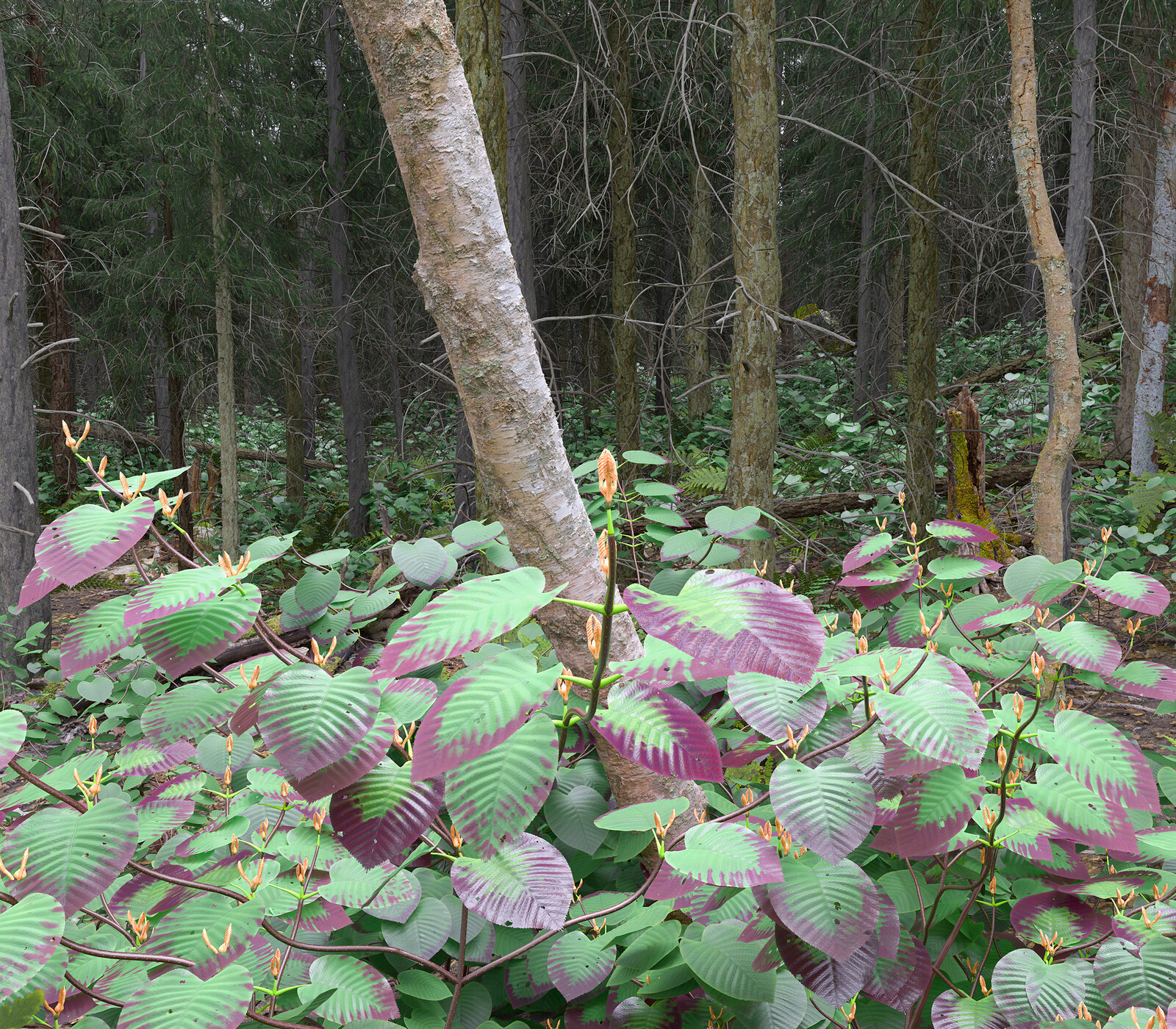Axel Wieder You have recently participated in a series of online discussions on indigenous or more specifically Sámi art and architectural practice, made a new episode of a TV show on Post-Capitalist Architecture, and created an architectural intervention in public space for the Tromsø International Film Festival. This accumulation of interdisciplinary activities is typical for your way of working, but I wanted to start with a collective project in Tromsø in which you’re involved, the foundation of a still hypothetical new institution called Romsa Kunsthall. The project is currently presented in a series of talks, of which two have happened so far. I find it interesting to start our conversation here, since your own practice is typically fluid and happens often between places, while the discussion on the Kunsthall is about a specific space—a home, an institution.
Joar Nango As an artist and architect, I build platforms that are consciously formed as autonomous spaces in which Sámi and indigenous cultures can grow, express themselves, and develop new forms of expression and alliances with non-Sámi contexts. The mobile Sámi Architecture Library Girjegumpi, for example, on which we worked together in the past year, and Post-Capitalist Architecture-TV, are discursive, social platforms. In Tromsø, where I’m based, it has become apparent over the past years that there is a huge potential for an international, ambitiously run contemporary art space. Together with people that are connected to the Tromsø art scene, I have been discussing about the need of such a space for years, but what triggered actually starting the project was a conflict in the largest art institution in the city, the North Norwegian Art Museum, in which I, together with some others, resigned from the board. Due to the board leadership’s ignorant attitude towards Sámi rights and representation within the institution, it became obvious that the museum wasn’t able to host all the conversations that are happening at the moment and which are extremely relevant in Northern Norway, such as efforts of decolonization and a revaluation of traditional knowledge, indigenous philosophies, and knowledge related to land-use and resource economies. The working name of the future organization is Romssa Dáiddahálla (Romsa Kunsthall). Romsa is the Sámi name for Tromsø, so already in the title, we are grounding it in a Sámi perspective. We are ten people with different roles in the cultural field in Tromsø: visual artists, a writer, two musicians, and a curator. We all have different experiences, which is important for collectively building an institution from scratch. The constellation represents something that is important for the new Kunsthall in the future, working transdisciplinarily and beyond categories, but also grounded in indigenous thinking. Our networks run not only along the usual Norwegian North-South axis, but also on an East-West axis towards Russia, northern Canada, and the US, drawing from the network I have established over the past fifteen years with peer points in indigenous art scenes around the world. At the same time, we also aim to reach also towards the global South and learn from initiatives that are coming, for example, from the African continent. Our interest is in fucking up the Eurocentric energy of the art world that surrounds us.
AW What were the first steps of starting the project concretely?
JN We started the project with a series of four digital workshops, all during the pandemic, on four themes determined by the ten people involved in the project. The first event was about transdisciplinary art spaces and formats. The second was about curating as a strategy, curating from an indigenous perspective. The third one, which hasn’t happened yet, is about traditional Sámi knowledge, which will ground us in the cultural, geographical landscape of the north. It will be a physical, live event. We’ll work with Sámi food culture and use that as a social network. For the first time, all of the ten participants will be together in a kitchen in Tromsø, cooking together and streaming the cooking session online as a way of talking about cultural tradition and the potential for Sámi philosophy to infuse an art space. The fourth event will be about urban development and the city of Tromsø, and it will be hosted in a space which we hope to get hold of as the location of the Kunsthall, in an old shopping mall on the main street of the city. We’re in dialogue with the owners of the building and we have architects involved in developing plans for the reconfiguration. We have also reached out to a Sámi organization that wants to create a new Sámi house, a cultural space, and a cafeteria. It would be a dream to be to reopen this old mall as a cultural center and cultural hub next year. What excites me the most about this project is that it is a Sámi initiative; half of this group of ten people that are doing it are Sámis. That in itself is a really exciting and new starting point for a project; that instead of being a Norwegian initiative that creates a space for Sámi people, it is a Sámi initiative. We’re not going to be exclusively for indigenous or Sámi people, of course, but it is grounded in Sámi energy.
AW The question how the project is situated is important also on a broader scale, for instance in relation to the new National Museum in Oslo and its prominent role in Norway. One of the most interesting proposals for a new use of the old building that the National Museum left was a Sámi museum, proposed by the former director of the North Norwegian Art Museum, Jérémie McGowan. It touched on the question of representation, and if it’s enough to insist or work on the recognition of Sámi artist within the national collection—which is also a national canon—or if there is also a need for other spaces. Sametinget, the Sámi parliament, is collecting art without having a dedicated space for the presentation of its collection, which could be defined in relation to the cultural representation of a Sámi nation. It’s a political discussion, but it’s also a discussion about spaces and the question of who determines and makes these spaces. I see the Romsa Kunsthall very much as a gesture in this discussion, as an act of taking responsibility into your own hands.
JN Yes, exactly, it’s really important that we have as much to say and as much power to influence all different levels and parts of the process of development and its architectural realization: the initiative itself, the planning permission and funding application rounds, the building of the institution, and the building of the house. Making the space is so closely connected with making the institution. These processes are interwoven, and it is exciting to participate in the thick of such a process. Having done the very first step, I really hope that I can still be there when we take the last step and open the space, and to assure Sámi presence and ownership to the project.
AW Maybe this is a good moment to come back to your work. You’re educated and work both in the fields of architecture and art, but I see architecture, or the question of space, very much at the center of your practice, whether it’s happening in public space, in the building of situations, or in exhibition spaces. You construct discursive platforms, but you also negotiate also the influence or impact of the space that surrounds us on the way we live. As you mentioned, your experience of growing up with Sámi culture was crucial and is an important aspect of your work. Maybe it’s good to discuss your on-going project, the Sámi Architecture Library, in this respect, which was part of your exhibition here at Bergen Kunsthall, but had already travelled to many different places in a mobile construction, called Girjegumpi, and has recently even been digitized.
JN The Sámi Architecture Library project started with a frustration. I was interested in Sámi architecture from an early age, but as a student of architecture, I became conscious of the lack of knowledge and the lack of critical discourse on indigenous building practices. In historical surveys, Sámi architecture was always, without exception, portrayed as something folkloristic and old. Realizing this lack of contemporary critical discourse and being a Sámi in the world of architecture and art made me feel a responsibility to represent Sámi culture and to raise awareness of its contemporary reality. One could say that this is what I have been doing in many forms. The Sámi Architecture Library is a result of this longer process. After having done many projects over the years, I realized that at the very core of everything I had done was a body of research, books, texts, films, references, photos; this huge amount of material had been accumulating, sometimes not even as part of projects, but in preparation. It was a project that came to life by itself: I realized that I have this gigantic archive in my studio, and I took that archive and made it public. But the space that I was creating through the act of making the archive public had an important value too, through its autonomy and the unique knowledge at its core. I tried to give it a form that accelerates and accentuates the autonomy of this library by putting it into a structure that is grounded in contemporary Sámi vernacular architecture. The building we made is based on a gumpi, or a small mobile structure that is traditionally used by reindeer herders during the spring migration of the reindeers. The library is mobile: it’s a small space that can travel around in in the region where I’m from, in a geography with many small villages spread out in a huge area of land. We’re used to travelling between these places, and it felt important that the library could correspond with this way of moving in the landscape.
AW What has working with your personal archive meant for your practice?
JN The archive became a really important possibility for me to think about communities. I thought a lot about the possibilities of an archive, for whom this archive is actually made for, besides myself. I wrote a saying for the catalogue of the exhibition Àbadakone at the National Gallery of Canada, where I showed the archive in 2019, which says: “To all national galleries: Bad archives build collections, good archives build services, great archives build communities.” I started to think about this potential of community building through an archive, and it accelerated the project. The project today is so much more than just this little hut and this set of books and materials, to which many people have now contributed to. It’s a collective awareness about Sámi architecture being a real category within architecture. It allows people with an interest to find their own way through the material and enter a conversation, which is loose, undefined, and open, but still forms a very specific community. For the show in Bergen, we dismantled and de-constructed the structure completely: the walls, the floor, and the roof were floating almost like two-dimensional paintings. It made completely sense for me, because the space was still there, but the space has never been just physical: it’s a social and community space.
AW One point that you mentioned that I find very interesting is the fact that the subject of this archive remains somewhat open. It’s really an amazing collection of books, magazines, but also print-outs and commissioned elements that all come together to add to the definition of what can be understand as Sámi architecture. As you say, its common understanding is often traditional and folkloristic, but there’s actually a futuristic drive to your project; it is itself proposition to look at this tradition for the future. That’s not a defined field yet. It’s still in the making, and all these materials that you gather define that trajectory. It’s maybe important to mention that not all the materials in the library relate to architecture from the North, but also to discussions of decolonization, of self-built and participatory architecture, and critical spatial politics.
JN I once did a workshop, maybe fifteen years ago, called “The Potential of the Primitive,” in which I investigated different modernist histories of looking into pre-modern practices. There’s a strong tradition and many good examples of how the avant-garde connected to traditional or vernacular types of architecture or aesthetics in search for new future potentials. In some ways I feel I’m doing something similar. I’ve always been inspired by projects of Superstudio and Archigram, thinking about the way that they were working with reaching into the ancient. There’s this great quote by Juhani Pallasmaa, in Eye of the Skin, which says: “If you want to create something new, you have to look for that which is ancient.” But what really distinguishes my practice and my way of working is the fact that I am Sámi. I was raised in this perspective. I grew up with my culture being presented in a simplified, exotic, appropriative, condescending, and patriarchal way. It’s an act of colonization, which really takes away a playful power to define yourself. That positioning, and that power, has become something that I’ve been very conscious about. It has also exposed the importance of creating collective, communal, shared conversations that are not only about architecture, but need to come from many different angles, and gain strength in that way. The level of speculation and the level of detachment of many architectural projects that relate to traditional or vernacular cultures and histories is also their big vulnerability: they become disconnected from the communities or the cultures that they’re actually, consciously or unconsciously, re-interpreting.
AW I understand. Heritage is maybe is a loaded word, but maybe a good contrast to the lessons of post-modernism.
JN I think it’s actually a good word. I could have just said: I see my practice situated within a cultural heritage. I belong to that cultural heritage, good or bad. Sometimes it’s a great opportunity and it gives me strength and direction, other times it can be like a straight-jacket that strangles me and I try to deconstruct and free myself from it. It can be very conservative, too. But I do position myself within this cultural heritage, and there are ethical and moral ties to that commitment.
AW And responsibilities?
JN Yes, exactly. Maybe most of all. It’s called the Sámi Architecture Library and I’m building an autonomous, political community around it, which strengthens Sámi culture and reclaims our right to define our own spaces or spatial production. But I really hope that it’s also understood as an offering to the rest of the world. I want to share the positive, strong cultural knowledge that I feel so confident of in Sámi culture. There is a tendency to protect Sámi culture from appropriation, and of course I understand why. There is a long history of our ideas and objects being taken and stolen. I understand and share the skepticism, but at the same time, I really think it’s important to maintain a generosity. There’s no way around it; no culture would exist if people stopped sharing what they own.
AW What I wanted to ask, also with my previous question about the Sámi Architecture Library, is that there is an element of adding a missed chapter to architecture history. But there’s also a bit more; there is an interest in what that actually means, what could this missing history add to a more general picture that we have of architecture, of building and habitation, and of a theory of space. You mentioned the Girjegumpi as the space for the library, for example, which is a mobile or nomadic structure, which points to a fundamentally different understanding of a building.
JN That’s definitely the architect in me that really wants to find a more general purpose for these conversations, looking at indigenous architecture not only in a material sense, but in a more philosophical way. In Sápmi we have these old traditional myths; there’s a pact about the responsibility of humans, a pact between humans and reindeer, for example, which really implies a specific relationship between us and nature. The myth, to put it short, says that Sámi people are put here to make sure that the reindeer live and stay healthy as a herd on the land. This implies leaving nature intact, which implies accepting nature as a controlling force, that we are only here to help facilitate, instead of dominate. These value systems and cosmologies I think can serve us today, once they are understood in their meaning and not used to exoticize Sámi culture. To find the potential within these ideas and to imbue those teachings to architecture has a universal value that I think everyone can profit from or collaborate with. These perspectives are not about being Sámi or reclaiming or decolonizing architecture at all. It’s actually more about finding healthy, universal solutions for us to continue existing.
AW There‘s also an interesting relation to resources, the use and re-use of materials, a resourcefulness that is a result of scarcity and the experiences gained in a specific environment. You mentioned at some point that nomadism is often misunderstood as a way of living that is not connected to a specific place, but in your experience, it’s almost the opposite. Nomadism or a nomadic lifestyle and the infrastructure it requires are the most context-specific ways of inhabiting or producing a space.
JN Yes, that’s a really fundamental point for me that describes my perspective on the production of space. What I learn and what I draw from contemporary nomadic cultures is the way of harvesting and living with land. For example, reindeer-herding is so dependent on reading and understanding the context and the landscape, the climate and the way it shifts quickly. It requires a specific type of responsiveness, elasticity, and awareness to change, and a capacity to move with the context when you need to adapt. It’s a perspective that I find intriguing and inspiring both as a human being and a designer. It stretches deep into cosmology and spirituality; it speaks to a pact between humans and landscape. I really believe that architecture has so much to learn to from these types of practices. Exactly how, I’m not the one to answer, but there can be many ways of taking these spiritual values as a point of departure. There’s no one right way to do it.
AW Your Post-Capitalist Architecture series is a TV show shot in and from a red Mercedes Sprinter that you have used in many past projects and which has been transformed for these videos into a TV studio. In the videos, you interview protagonists and visit places mainly in the North. I’m mentioning the series because the term “post-capitalist” points to an aspect that you address implicitly, which is the current mode of architectural or spatial production. Architecture in capitalist societies is based on private property, which means the property of land, and is one of the most fundamental aspects of the organization of society today, both in cities and the countryside. I understood Post-Capitalist Architecture TV as a proposal to think about alternative ways of organizing space and in consequence also society, for example through nomadic spaces.
JN The first episode looks at vernacular, traditional architecture and the skill of improvisation, which you could relate to a nomadic architectural attitude. The second episode is about flow and cycles of material circulation. The third speaks with different scholars and thinkers about the term decolonization. I’m filming it together with a good friend and collaborator, Ken Are Bongo, who is a film maker. We’re working fast and the episodes are relatively long, so it’s quite direct. The project started at the beginning of the Covid-19 pandemic, in preparation for my exhibition at Bergen Kunsthall. We edited interviews into narratives that wove the different voices all around a single topic, like a car mechanic talking about flow and repair as a concept, and then moving directly to a lawyer talking about the ideas of flow and movement through the lens of music and traditional Sámi joik. The fourth episode is about landscape and has a more ethical standpoint, where we look at how the green economy, the green capitalism of the Norwegian state, is ruining landscapes and reindeer herding culture, which represent an alternative economy to capitalism—one of the few remaining alternative forms of economy. We’re working on two new episodes: the fifth is about the gumpi, the small vernacular reindeer herding hut and the communities built around these small mobile winter shacks; and the sixth episode, which we are starting just now, is about property rights.
AW But what did you mean initially with the term “post-capitalist” in the title?
JN Growing up in a culture with close relation to reindeer herding, I witnessed how my ways of thinking and relating to landscape, the production of meat and other resources, collided with state-governed forms of development such as resource extraction, hydroelectric plants, mining industries, road building, etc. My position was also developed through my work with the architectural collective Fellesskapsprosjektet å Fortette Byen, with whom I made a series of temporary installations in public space that questioned property rights and created spaces for marginalized groups within society. We described our work as “an architecture celebrating the failure of capitalism,” opposed to our experience of social-democratic Scandinavian public space with expensive materials and slick surfaces that you’re not supposed to interact with, other than to sit still and behave well. “Post-capitalism” is also about an anti-consumerist attitude. Consumerism pacifies the creativity and capacity of interacting within society. We tried to create another form of architecture for public space through temporary and improvised structures. The idea of the “failure of capitalism” was at that time, more than ten years ago, humorous and maybe a little bit absurd, but today this way of speaking about architecture isn’t so strange anymore. We have seen over the last years an escalating collapse of capitalism all around us, and it will only continue.
AW Capitalism has also been a driving force of colonialism. Thinking about post-colonial dynamics is central in your work. The colonial relation of power and exploitation between the state of Norway and Sápmi continues to this day. For you, architecture reflects this relationship; it is a document of enforced assimilation, and even, in the terms of Rafi Segal and Eyal Weizman, a weapon, a tool. Your work is part of the ongoing task of decolonization, as a shared collective task.
JN I’m sometimes shocked by the lack of awareness amongst architects and within the field about how architecture plays a role within the contemporary political ideologies that rule our time, with colonization being one of them. It’s incredible to see how instrumentalized architects and architecture have been in these processes, and how little resistance or how few initiatives there have been from the field to create alternative trajectories, to oppose these ruling ideologies. There is so little political ambition within the field of architecture that it sometimes hurts. I have looked at colonialism and architecture through different lenses, for example through histories of forced relocation of indigenous communities in the North. Most of this was about building conversations, and I had the chance to create collaborations with people I really admire, who I feel are part of changing the world at the moment. For example, I commissioned a text for the library by Tone Huse, a contemporary geographer who works on a postdoc research project in Nuuk, Greenland about the ambivalent role of the Blok P, the largest housing complex in Greenland.
AW You’ve also worked with Mathias Danbolt.
JN Mathias Danbolt has done a lot of research on Nordic colonialism, and he is a strong voice in public discussions on how this chapter is written out in the histories of the Nordic countries. He is using art and art history as a gateway into these discussions, looking at art production as a way to unravel these forgotten or consciously hidden narratives. He has been working for a long time on the Danish state’s involvement in slavery, and is now looking very closely on the role of Christian missionaries sent by the Danish-Norwegian state in the seventeenth and eighteenth century in the colonization of the North and the Sámi culture. He found really interesting visual materials that were produced as part of these missionary excursions, many of which were related to architecture. Most significant are maybe a series of drawings that an unknown artist travelling with the missionary Knud Leem made in the mid-1700’s depicting the Sámi way of life and traditions. They were made as studies for copper etchings to accompany Knud Leem’s book Beskrivelse over Finmarkens Lapper deres Tungemaal, Levemaade og forrige Afgudsdyrkelse (Description of the Lapps of Finland, their Tanguage, Way of Life and Past Idolatry, 1767), which is one of the earliest descriptions of life in Sápmi, and at the same time a colonial document. The initial drawings are fantastic since they are more direct and really strange, curious, and maybe even a bit clueless. Together with Mathias I’ve been working on finding new ways of utilizing these images, reclaiming them as Sámi, putting them back into the loop of spatial production, and creating a discussion about these types of images, how they were produced, who owns them. We’re sharing an interdisciplinary ambition of opening up towards a more decolonized future.
Survivance is a collaboration between the Solomon R. Guggenheim Museum and e-flux Architecture.
